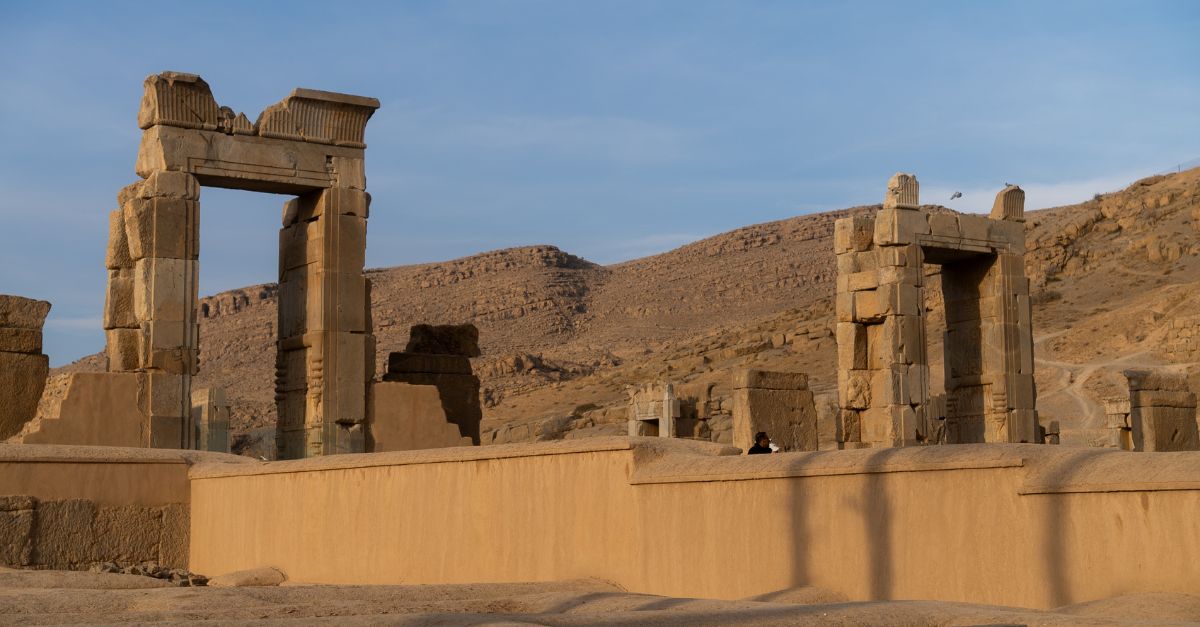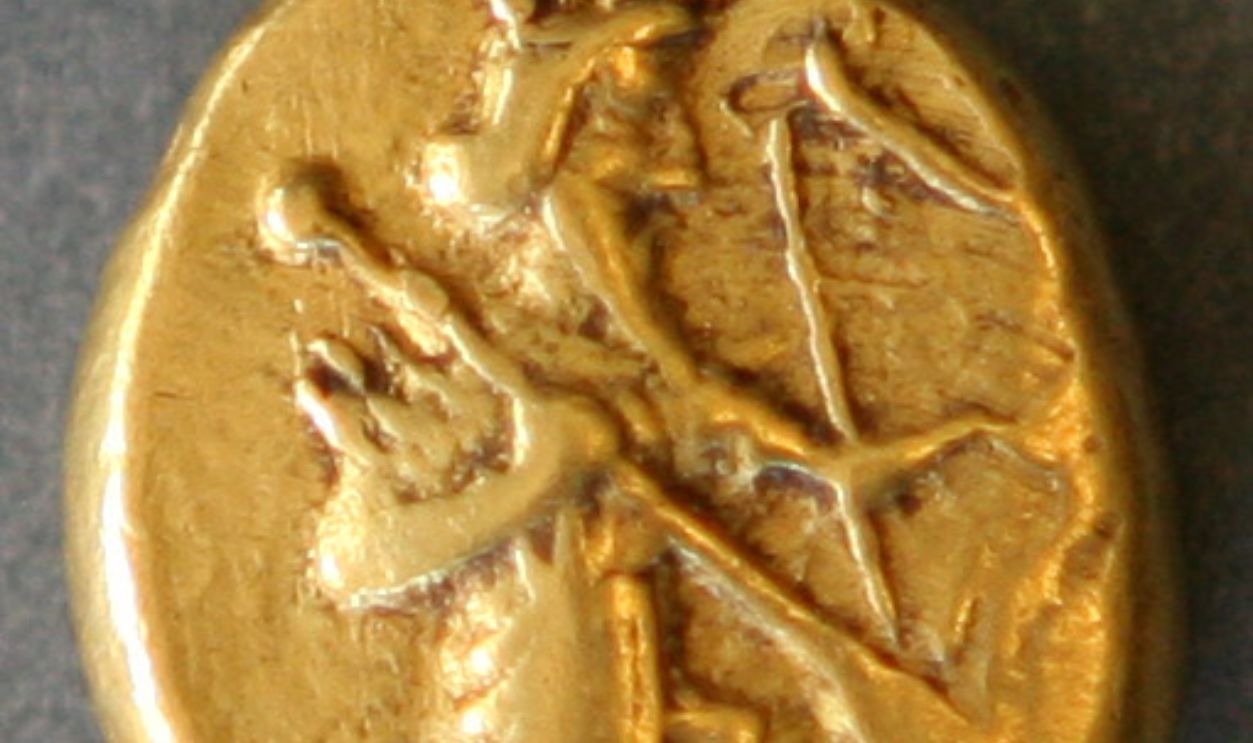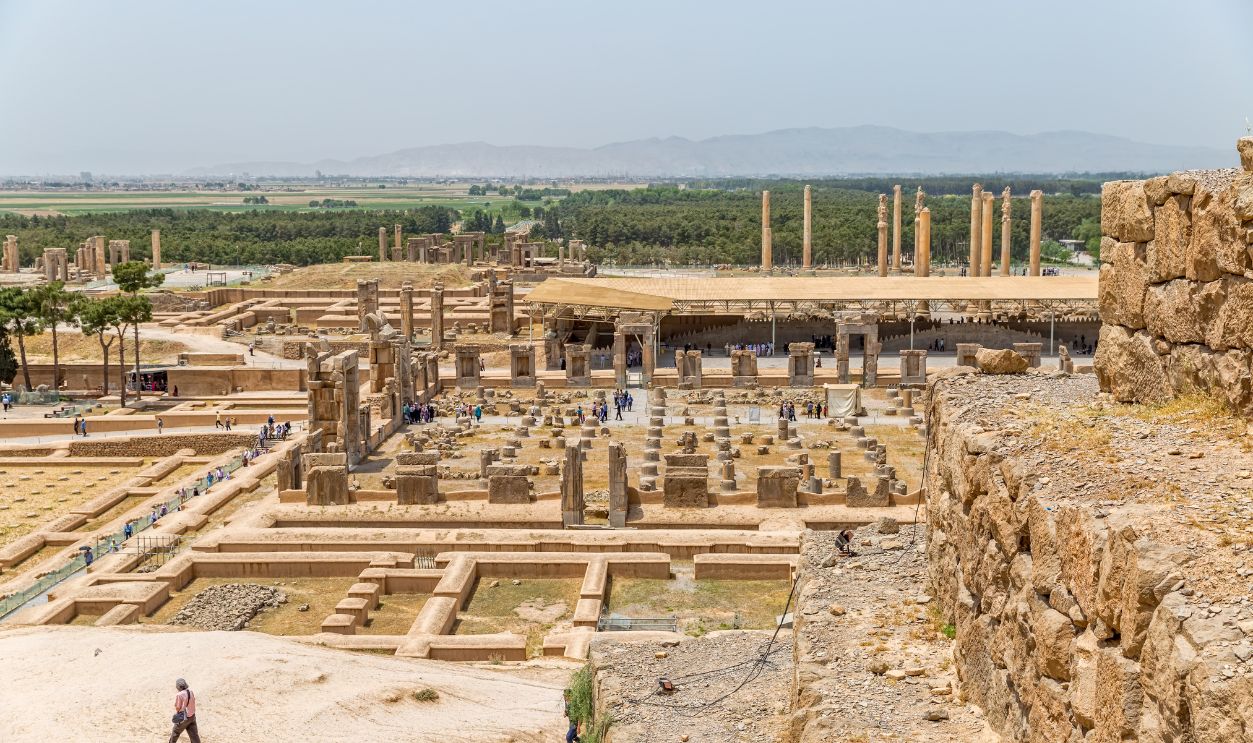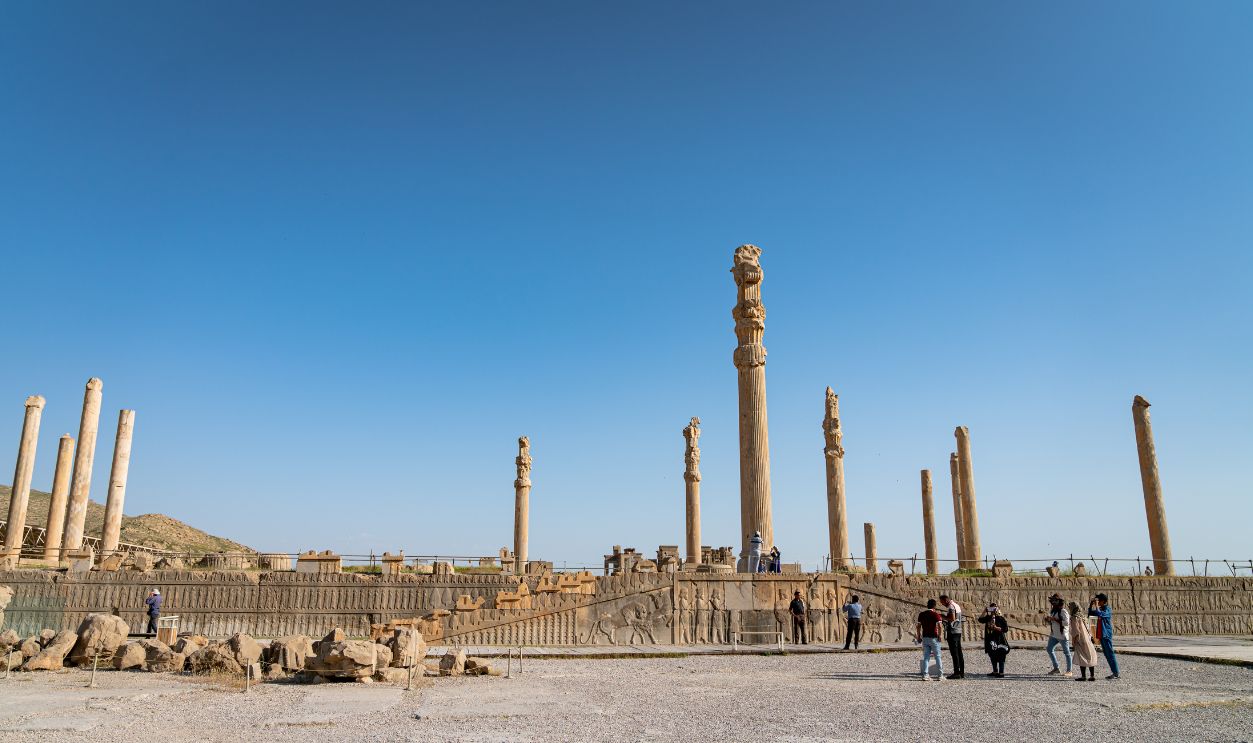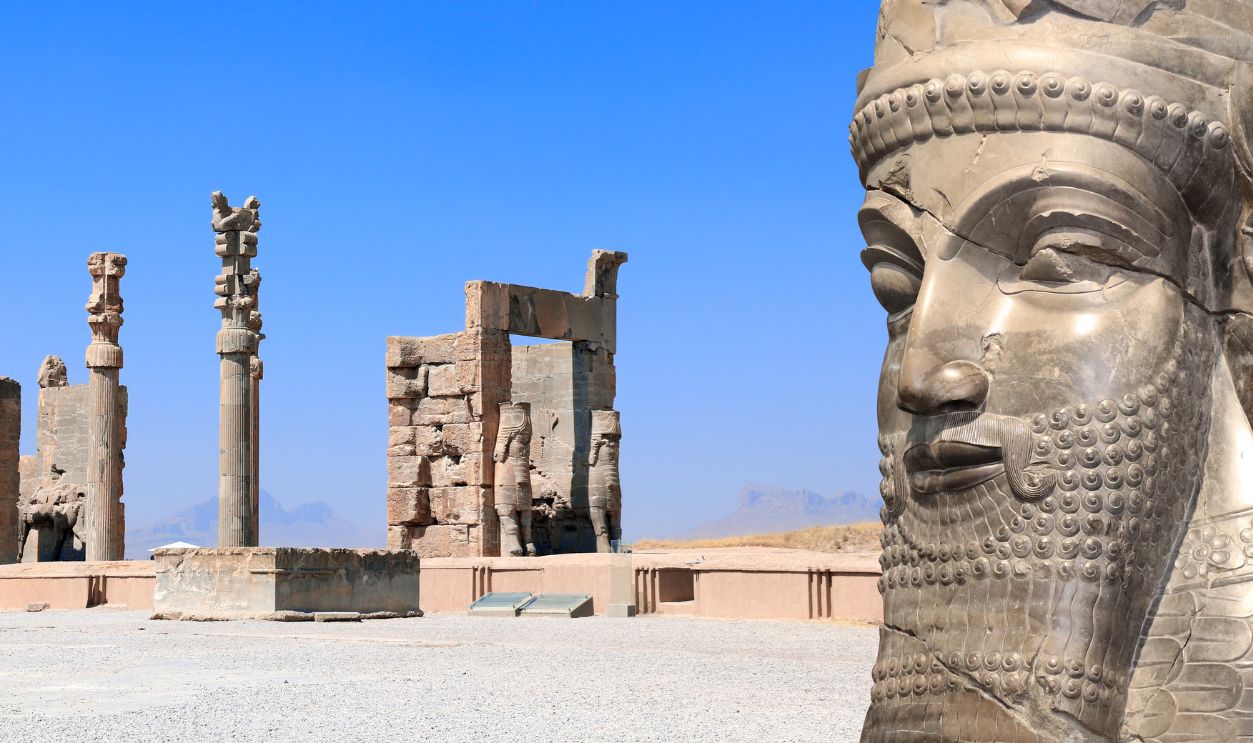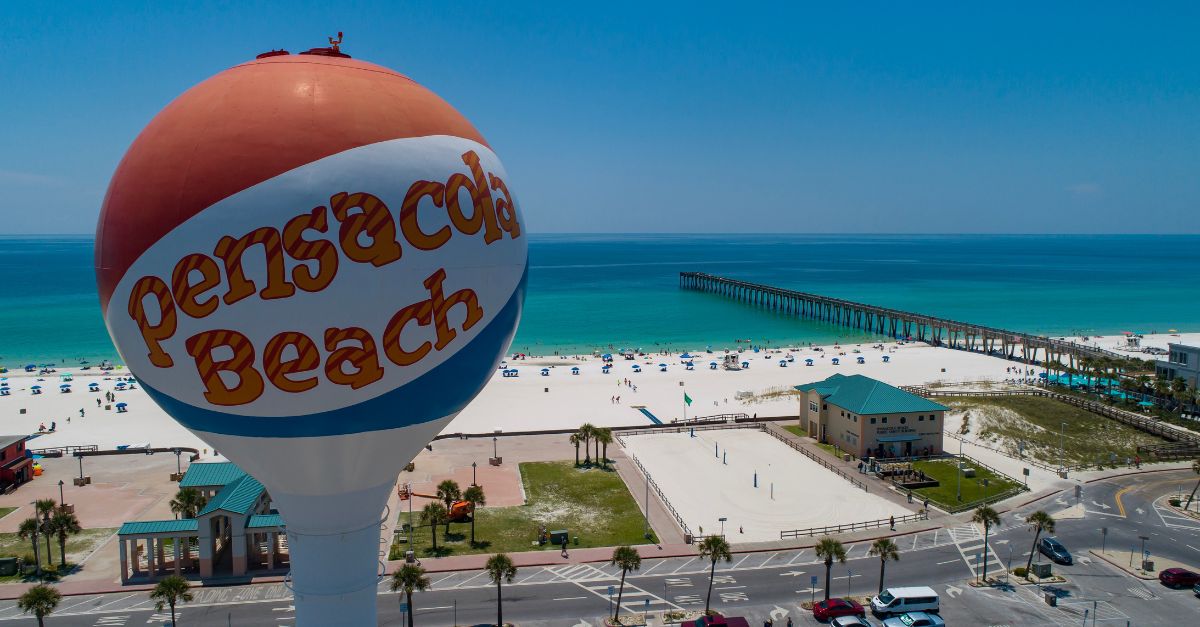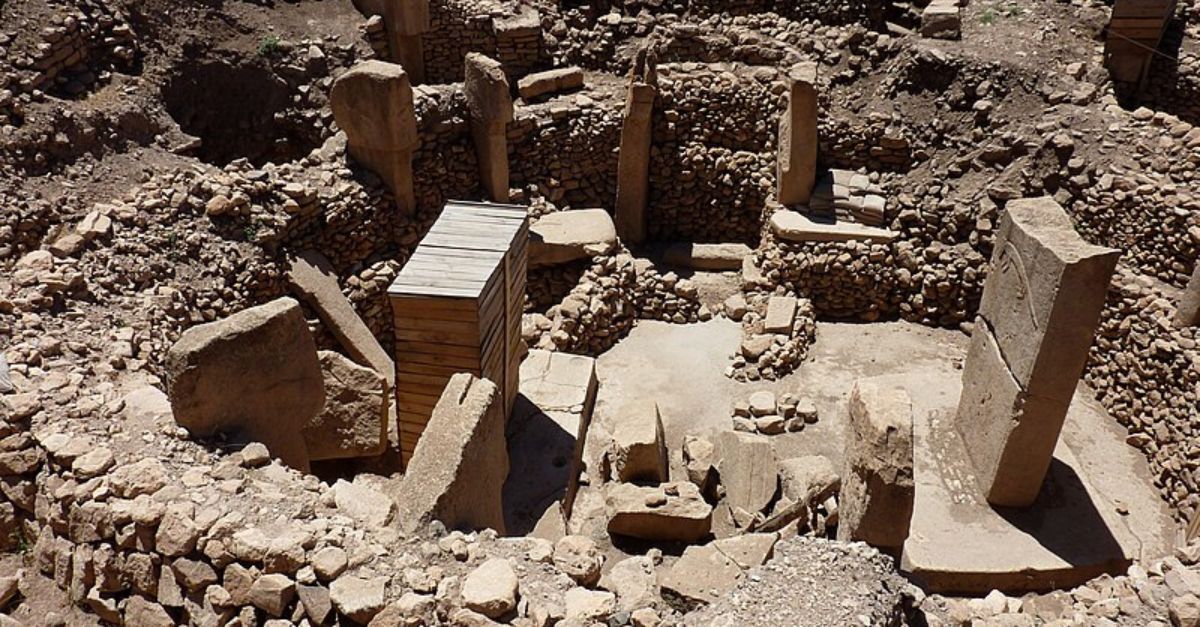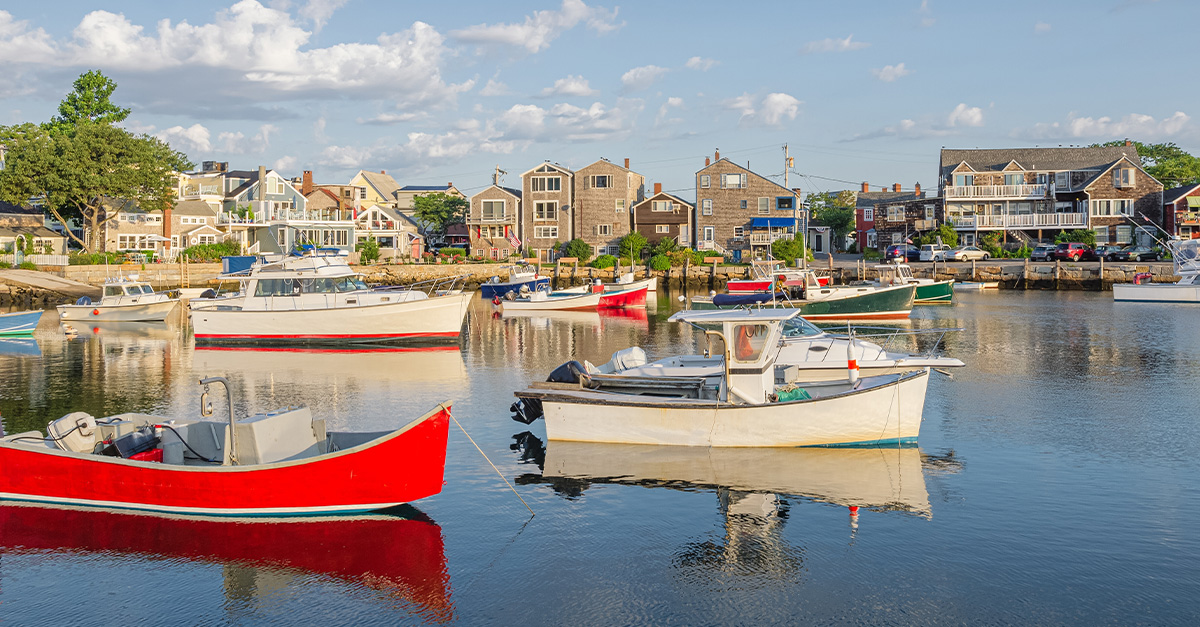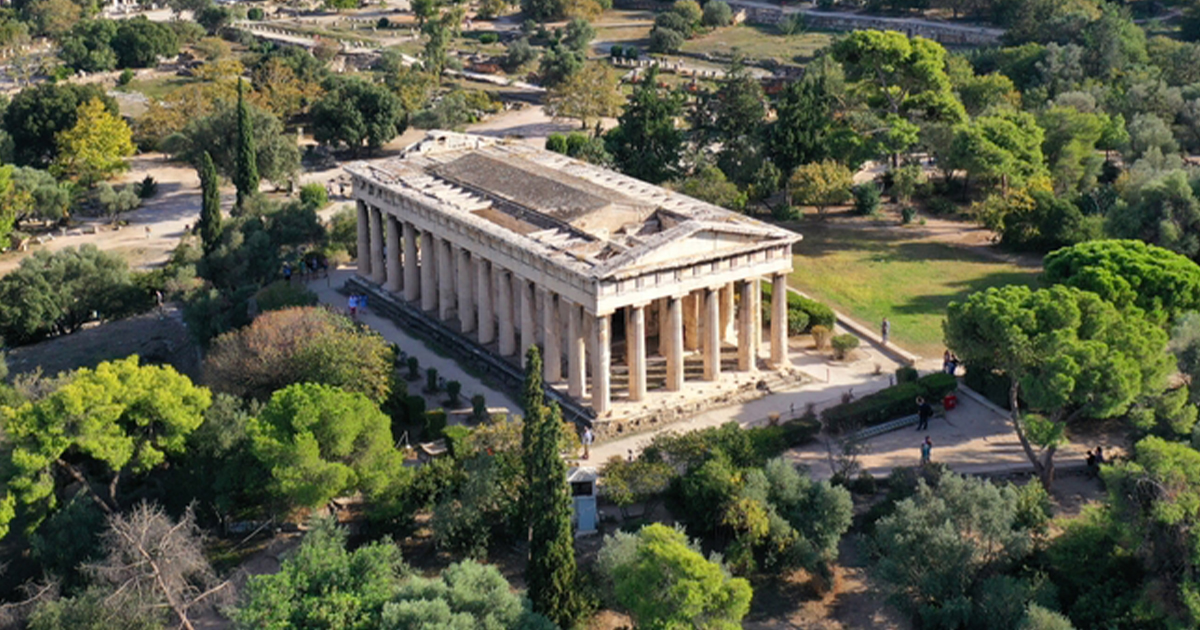Echoes of the Past: The Story of Persepolis
A deep dive into ancient civilizations is the very much like going down a rabbit hole. The family drama, the battles, the assassinations, and the takedowns are always entertaining. The Forgotten Empire of Persepolis was no different.
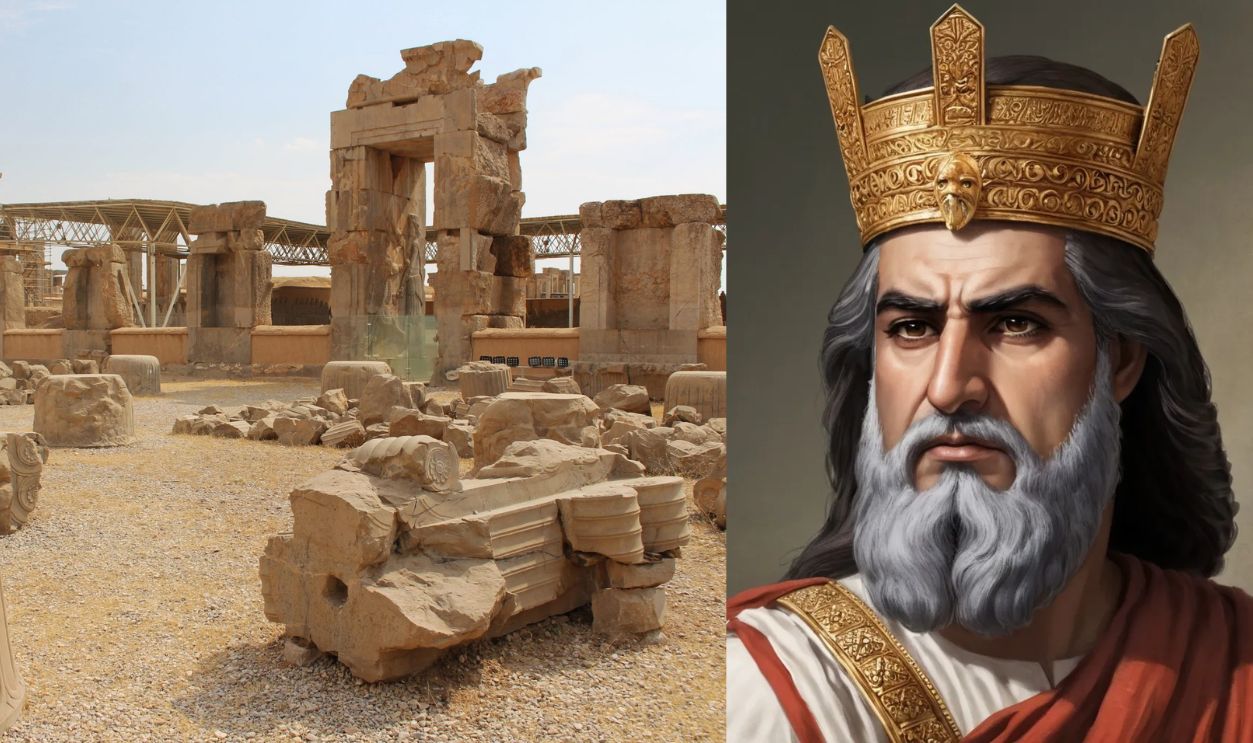
The Beginning Of The Empire Of Persepolis
Persepolis, also known as Parsa, was founded in 518 BCE. The empire’s founder was Darius I, or Darius the Great, and he named the region the ceremonial city of the Achaemenid Empire—the first Persian Empire Cyrus the Great established in 550 BCE.
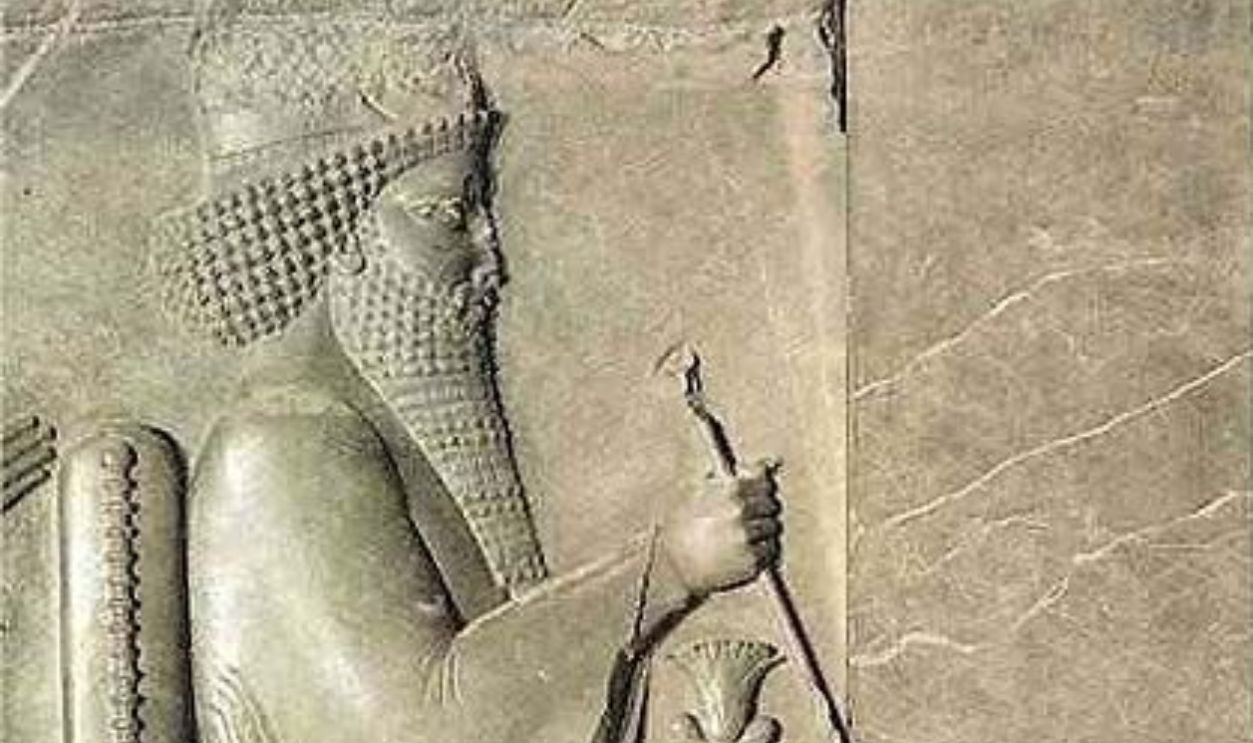 Frank-Haf, CC BY-SA 4.0, Wikimedia Commons
Frank-Haf, CC BY-SA 4.0, Wikimedia Commons
What Is A Ceremonial Capital?
Almost all countries and states have capital cities, but have you ever been to a ceremonial capital? In the simplest definition, a ceremonial capital is a place where people gather for ceremonies rather than administrative work—a party spot, if you may.
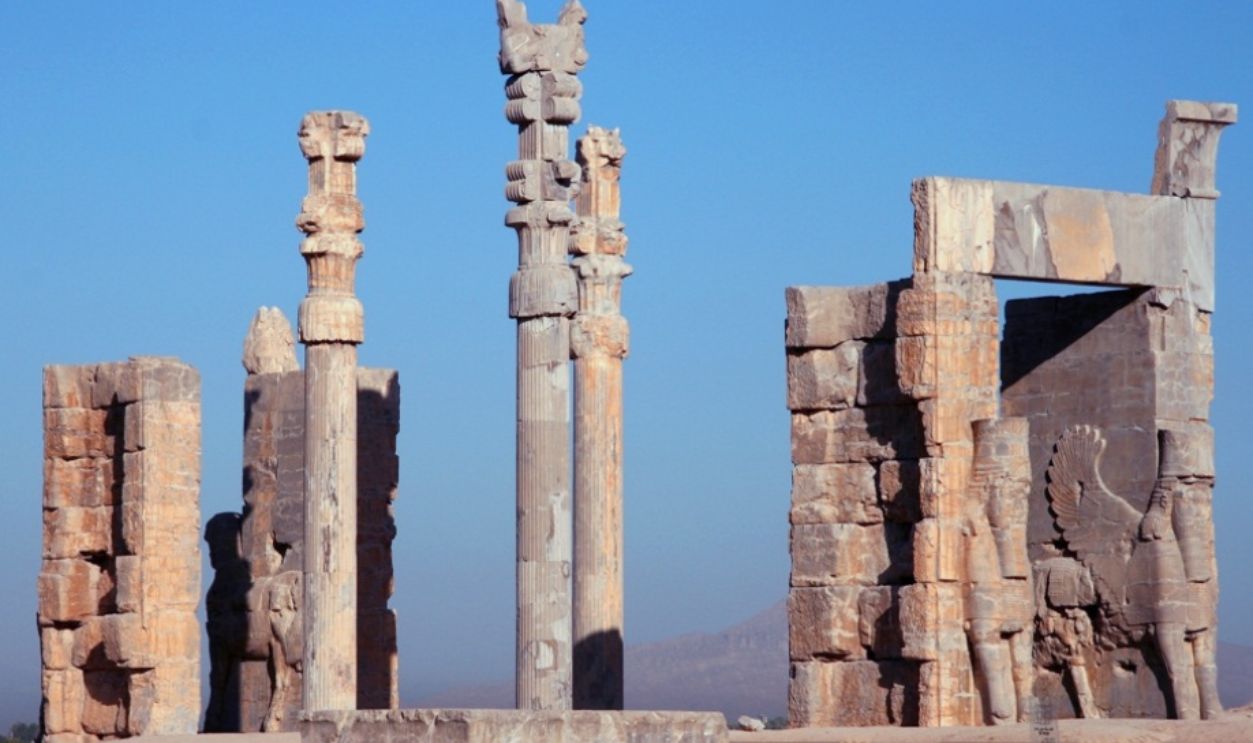 Alborzagros, CC BY-SA 3.0, Wikimedia Commons
Alborzagros, CC BY-SA 3.0, Wikimedia Commons
Everything Administrative Occurred In Susa And Babylon
The king and all his royal administrators lived and ruled the empire in Susa and Babylon. Susa had spectacular palaces and a couple of administrative buildings. Babylon was more grandeur with impressive architecture and cultural heritage; the kings loved it there.
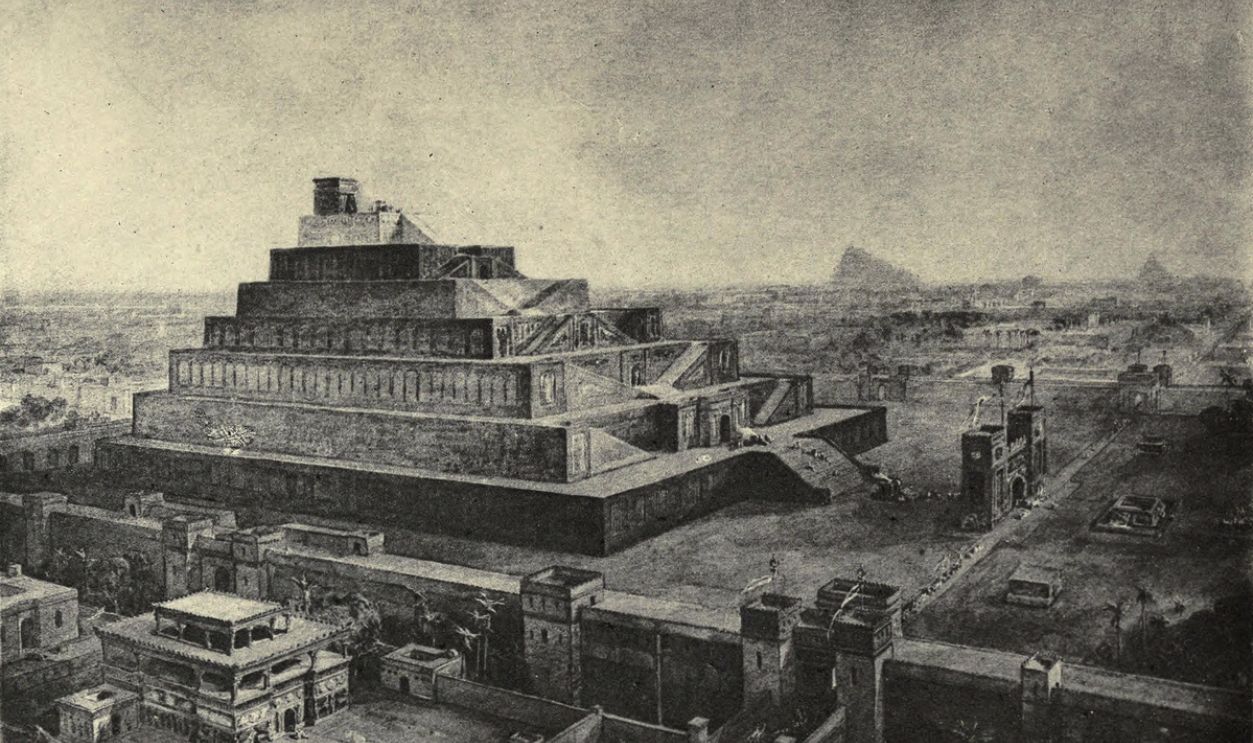 William Simpson, Wikimedia Commons
William Simpson, Wikimedia Commons
Why Persepolis Was Chosen As A Ceremonial Capital
Location!
No one wants to party in a busy location without views and security. And so, Persepolis was the perfect fit. It was a remote mountainous location (think, views), and this also played a huge role in security—they could spot invaders a mile away!
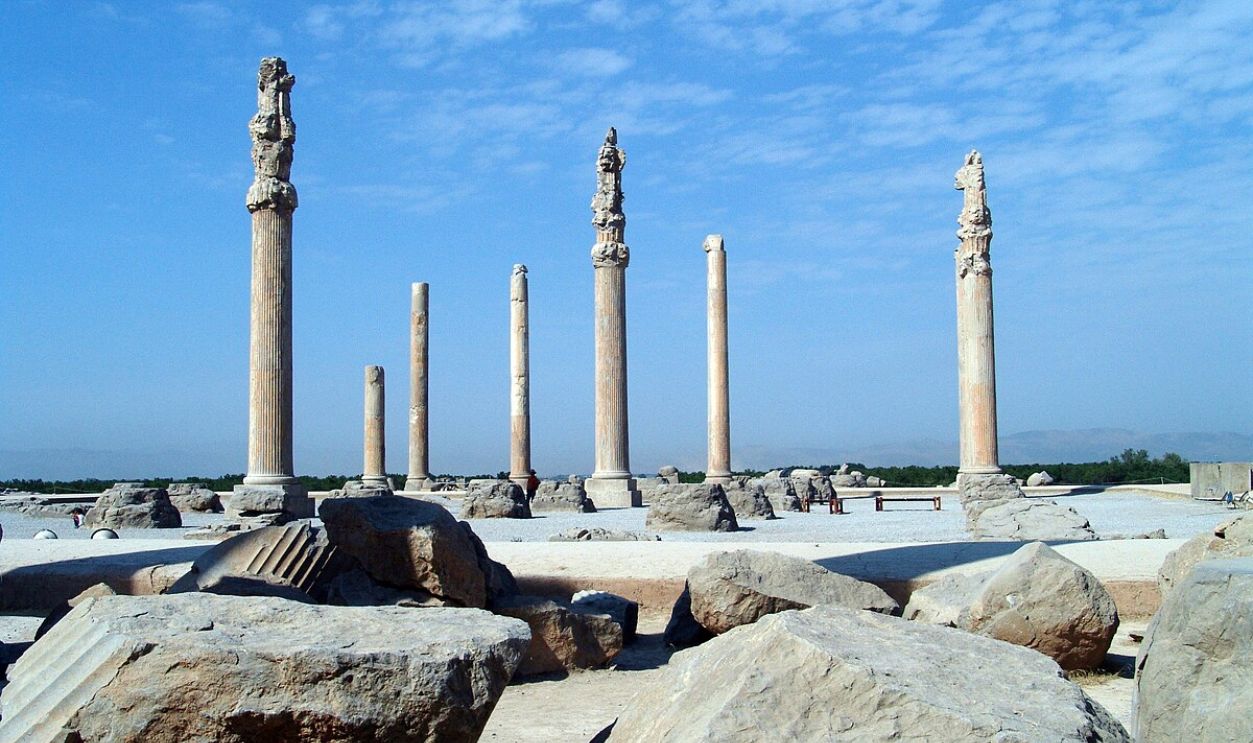 Derfash Kaviani, CC BY-SA 3.0, Wikimedia Commons
Derfash Kaviani, CC BY-SA 3.0, Wikimedia Commons
If Persepolis Stood Today, It Would Be In Iran
If you ever journey to modern-day Iran, you’ll find the ancient city of Persepolis, located about 30 miles northeast of Shiraz. The remaining remnants of this forgotten empire are kept safe under UNESCO’s wing; the residents call it the Takht-e Jamshid.
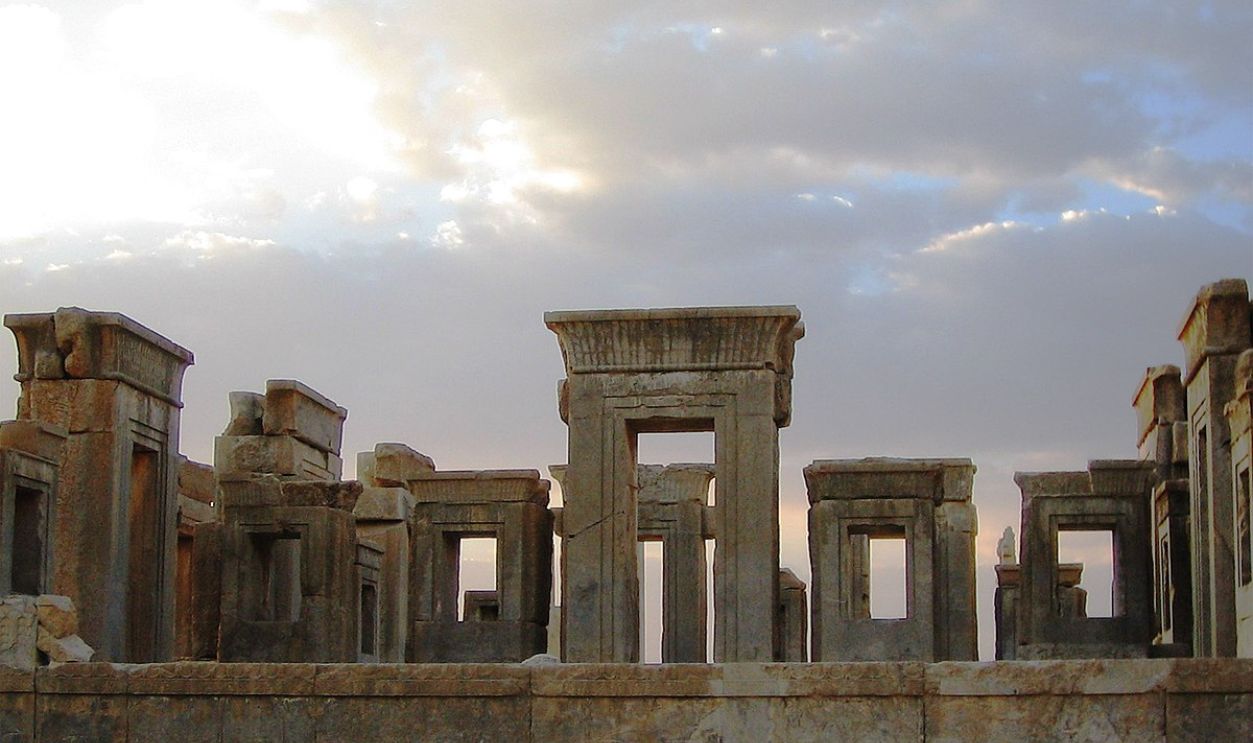 Elnaz Sarbar, CC BY-SA 2.0, Wikimedia Commons
Elnaz Sarbar, CC BY-SA 2.0, Wikimedia Commons
Construction Commenced Right After After The Location Was Set
Darius I didn’t wait any longer and began the construction right away, starting with the grand terrace and the Apadana Palace (the audience hall) with 72 columns. The audience hall was the kings’ receiving spot for dignitaries and tributes (gifts or payments for service).
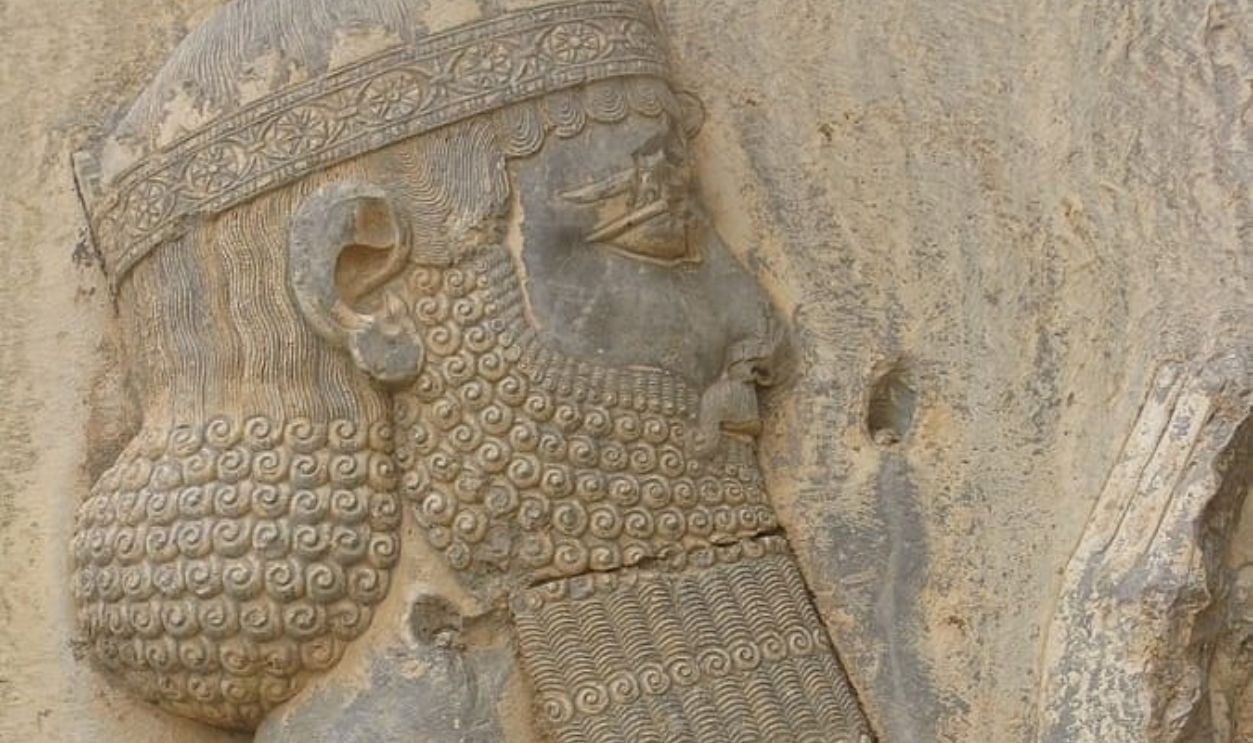 Surenae, CC BY-SA 4.0, Wikimedia Commons
Surenae, CC BY-SA 4.0, Wikimedia Commons
Next Was…
The Throne Hall, also called the Hall of a Hundred Columns, was the next construction. Its purpose was to host all large gatherings and state functions. The Gate of All Nations (Gate of Xerxes) was a monumental entrance with artistic features called reliefs.
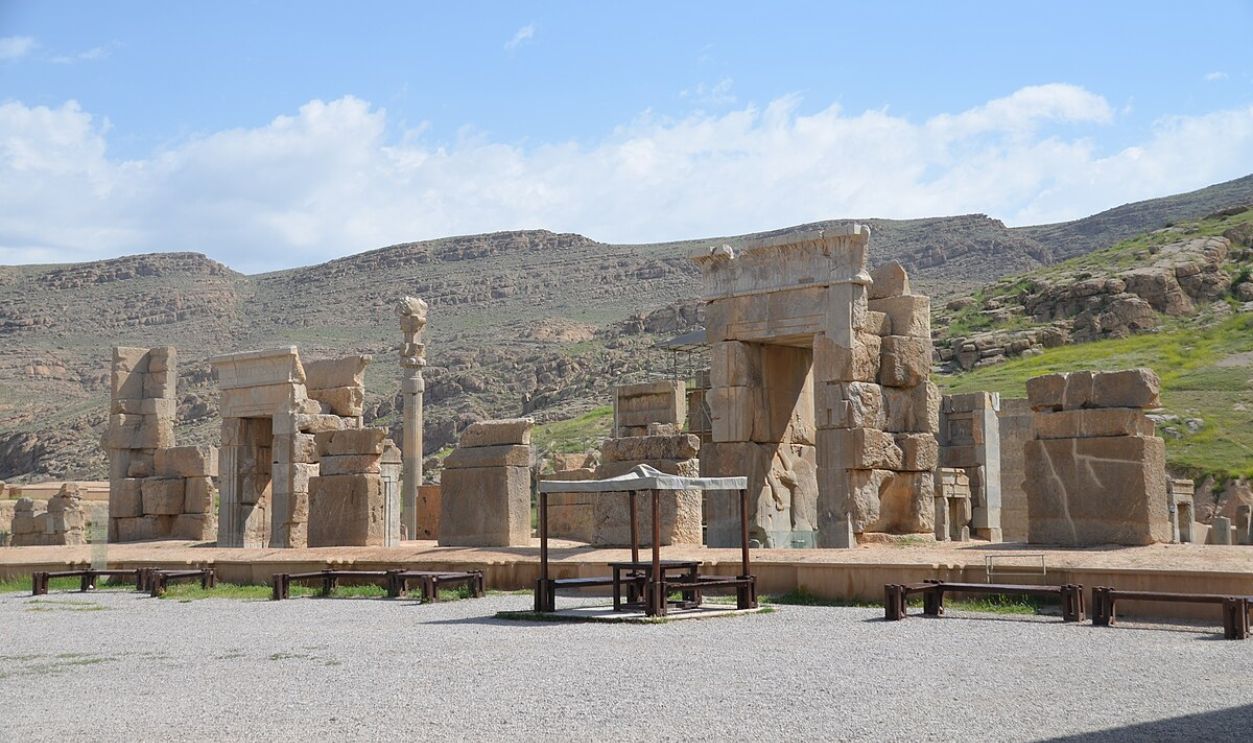 Carole Raddato, CC BY-SA 2.0, Wikimedia Commons
Carole Raddato, CC BY-SA 2.0, Wikimedia Commons
Reliefs Were To Show The People’s Diversity In The Empire
These reliefs depicted figures representing different nations and tributes of the Persian rule. Next to the reliefs, you’d also find mythical creatures such as lamassus (bulls with human heads). These creatures were a shield of evil, repelling them on arrival.
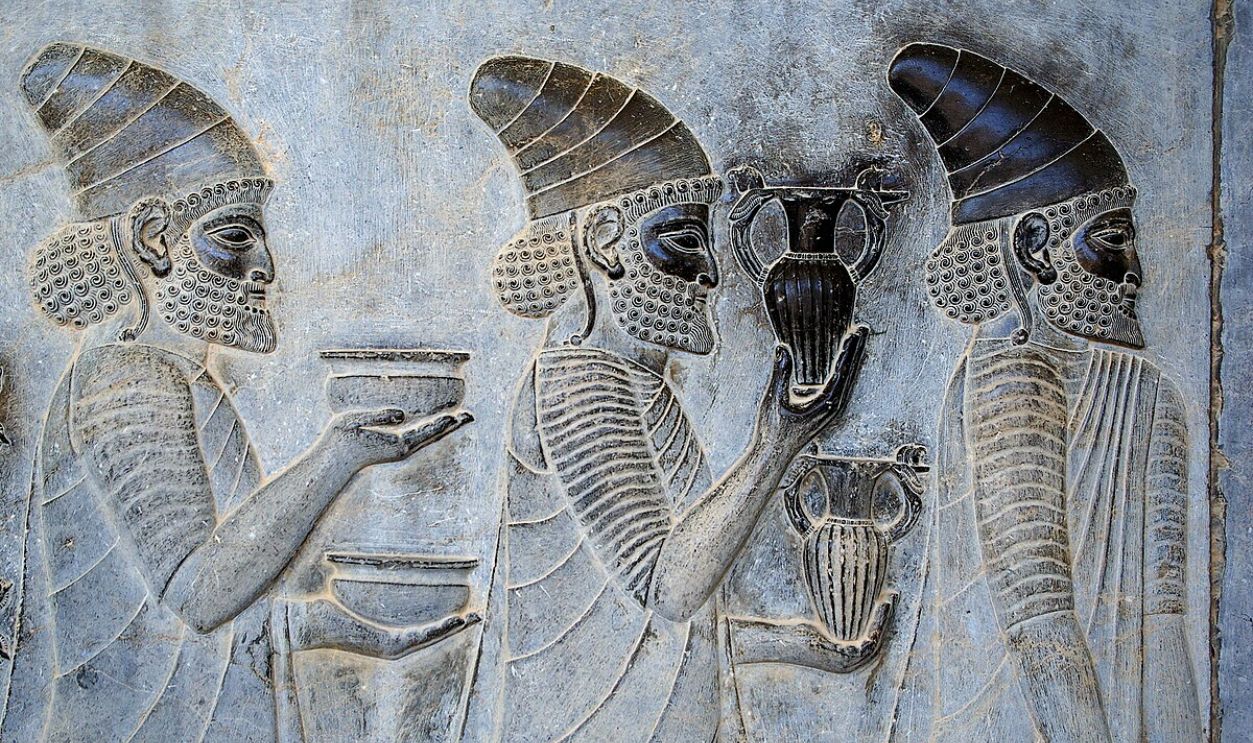 Phillip Maiwald (Nikopol), CC BY-SA 3.0, Wikimedia Commons
Phillip Maiwald (Nikopol), CC BY-SA 3.0, Wikimedia Commons
The Construction After Was Breathtaking
If you were to have one city just for parties and ceremonies, it would have to be unique. And Darius ensures that these palaces were nothing but spectacular, and not forgetting to mention the monuments! These were the creme de la creme, mesmerizing visitors and exuding the empire’s wealthy status.
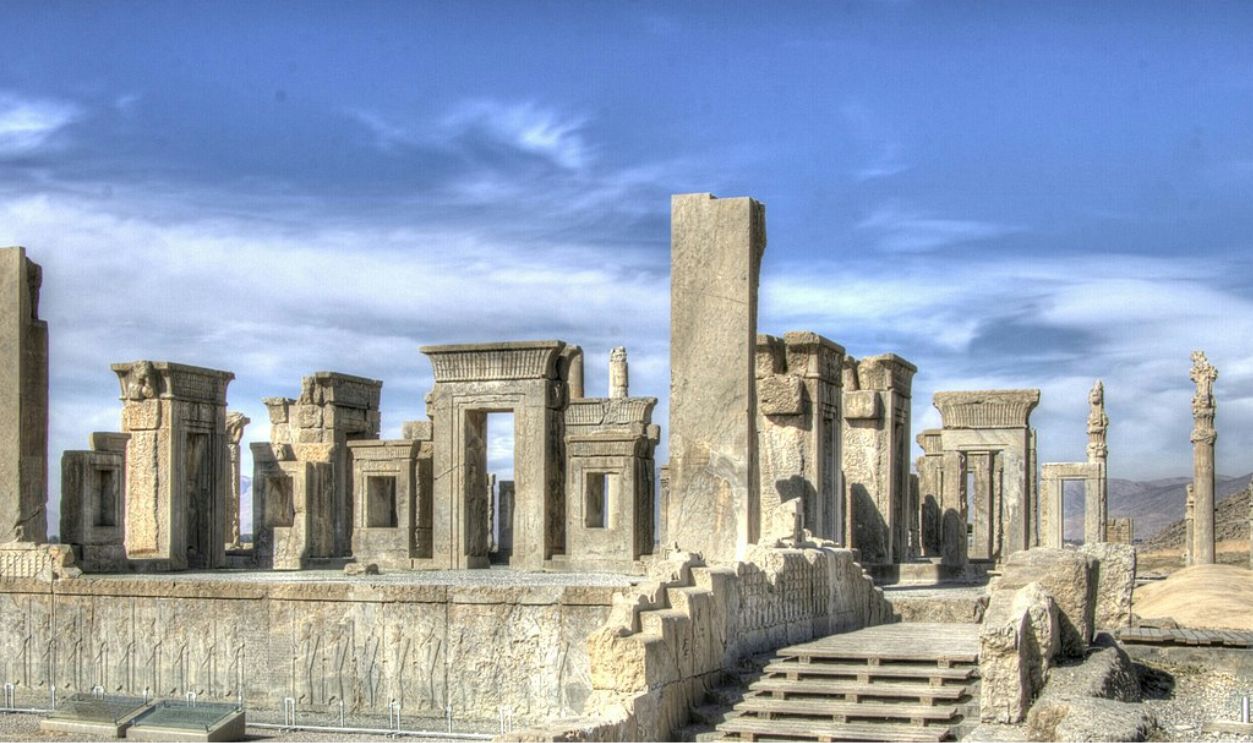 Hamidespanani, CC BY-SA 4.0, Wikimedia Commons
Hamidespanani, CC BY-SA 4.0, Wikimedia Commons
All The Construction Techniques Were Feats Of Engineering
Building in a mountainous region isn’t for the ordinary engineer. You must carve out huge boulders and make well-calculated measurements to ensure a building stands. This was nothing the Persian builders couldn’t do. They used those blocks to create colossal columns to support their constructions.
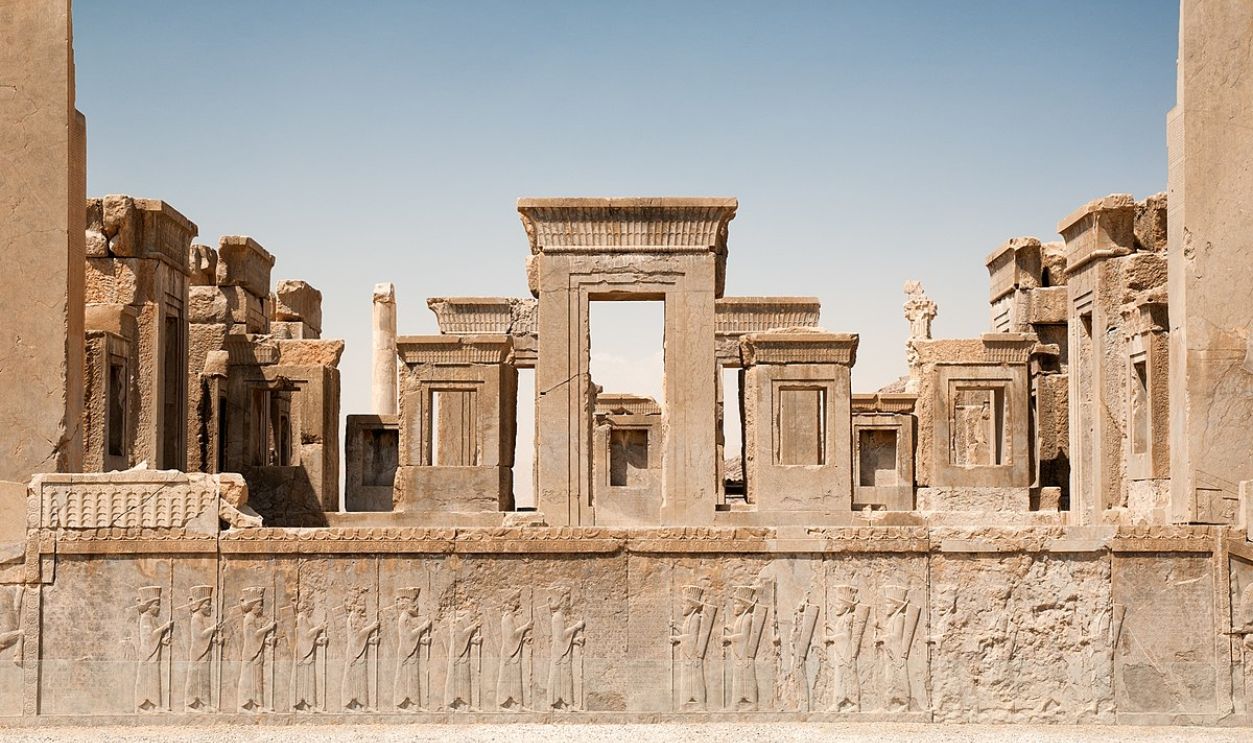 Laurens R. Krol, CC BY 4.0, Wikimedia Commons
Laurens R. Krol, CC BY 4.0, Wikimedia Commons
The Workers And Artisans Gave All The Constructions Character
Among the teams of workers were the Egyptian hieroglyphs who worked on the palace’s mesmerizing inscriptions; then, the Greek artists stepped in to engrave the reliefs on the Apadana staircase. The reliefs were a show of the grand tribute processions the king received yearly.
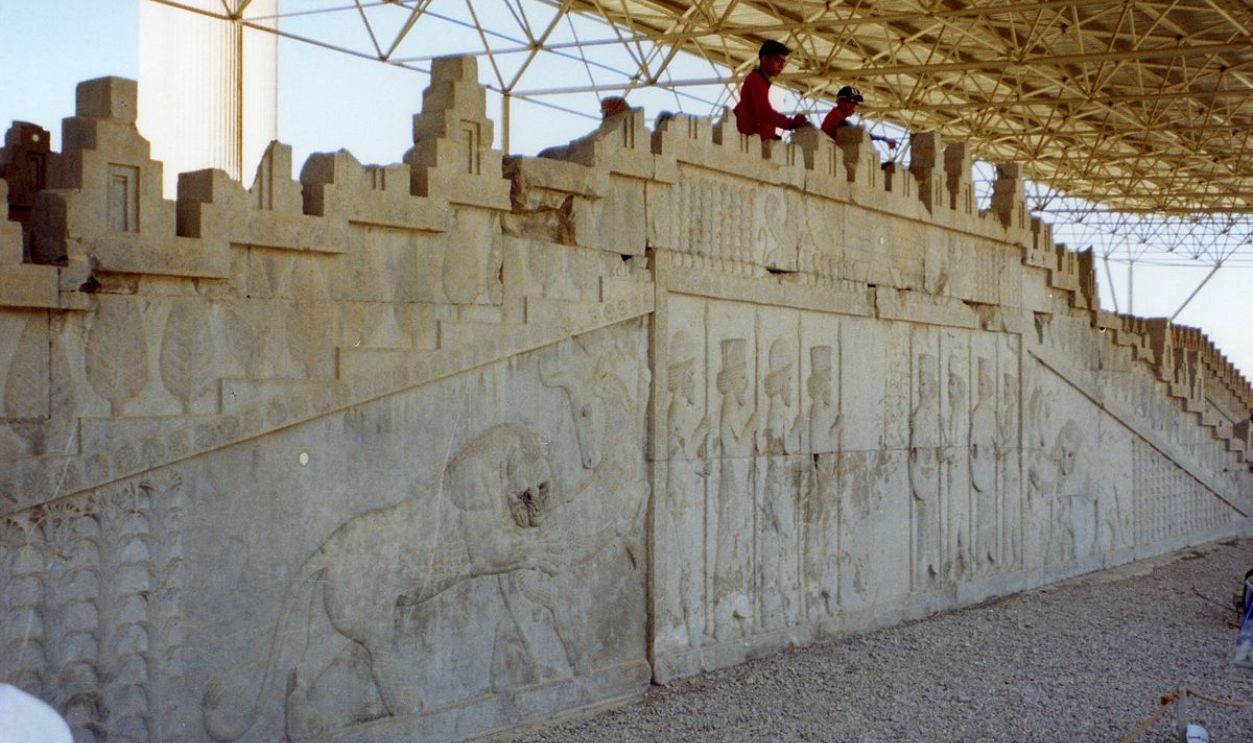 Pentocelo~commonswiki, Wikimedia Commons
Pentocelo~commonswiki, Wikimedia Commons
This Diverse Workforce Boosted The Empire’s Economy
Beyond the building prowess, the fresh Persepolis Empire also experienced an economic boost. These settlements advanced the economy and inter-cultural relations. All these enhancements made the empire bigger and better.
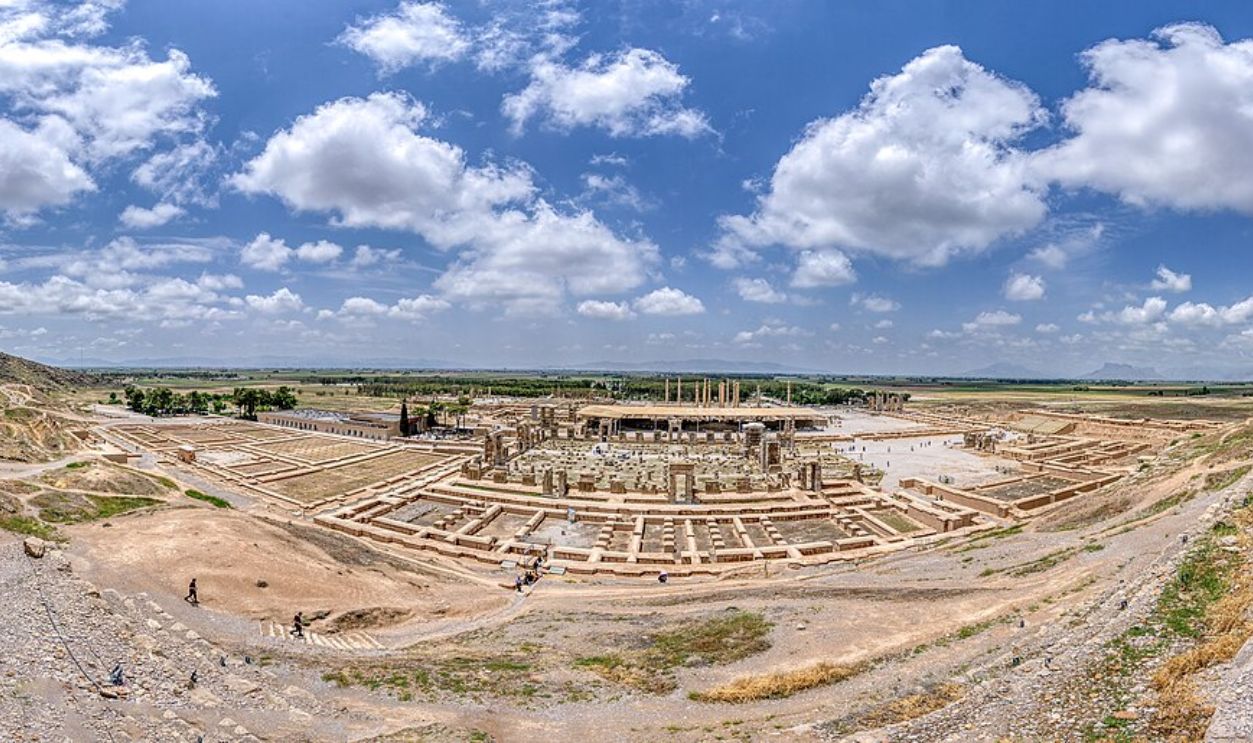 Hamidhassas, CC BY-SA 4.0, Wikimedia Commons
Hamidhassas, CC BY-SA 4.0, Wikimedia Commons
Persepolis Kept Growing
By the time it got to 522-486 B.C., the empire had spread from Greece on the west side to the Indus Valley on the east side. When we equate this distance to modern-day locales, it’s like coming from Athens, Greece, to Lahore, Pakistan. That’s about 2,175 miles long.
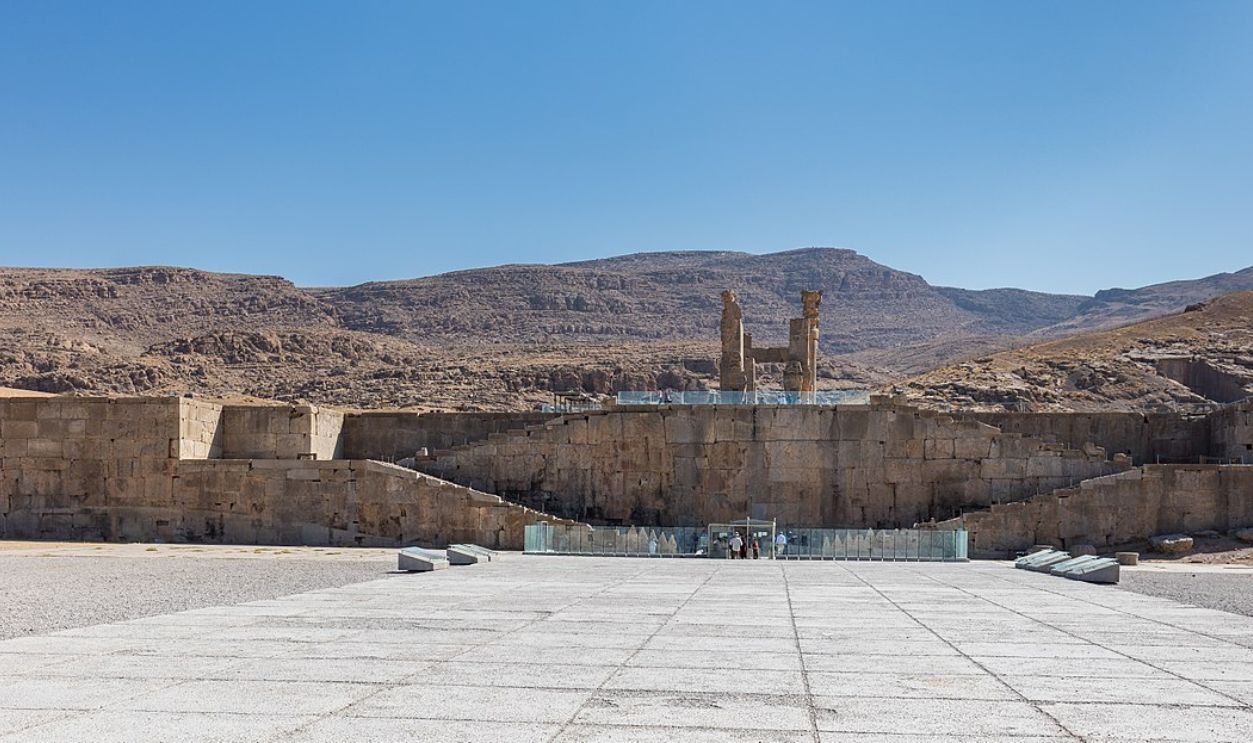 Diego Delso, CC BY-SA 4.0, Wikimedia Commons
Diego Delso, CC BY-SA 4.0, Wikimedia Commons
Darius Introduced A Standardized Currency
Money is usually a massive factor in catering to trade, and Darius knew so. And so he introduced a standardized currency, the daric. Darics were established by satrapies and governed by Satraps. He also expanded the infrastructure, notably the Royal Road.
This Is Just How Long The Royal Road Was
1,500 miles. In terms of modern-day distance, it’s a round trip between New York City and Chicago, approximately 790 miles x 2. This road passage was like making a four-round trip from San Francisco to Los Angeles.
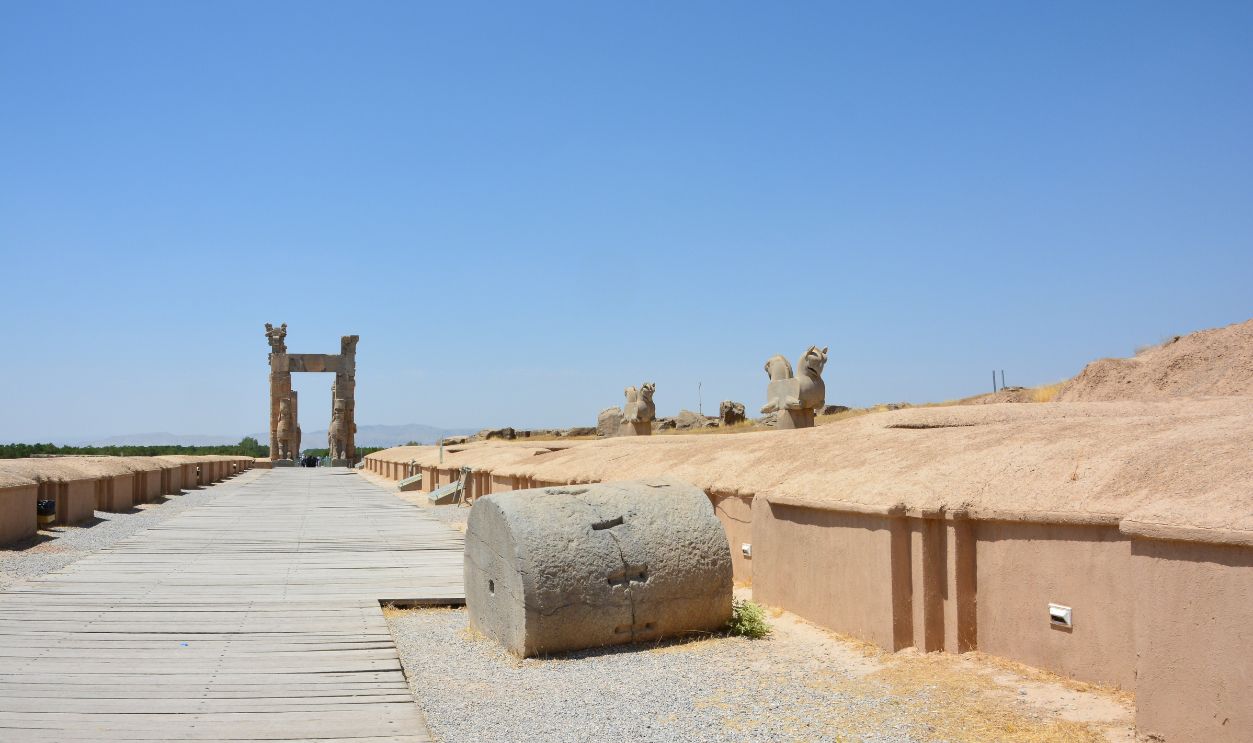 Alexandros A Lavdas, Shutterstock
Alexandros A Lavdas, Shutterstock
The Royal Road Serves Multiple Purposes
First, the Royal Road was just a road that allowed the king’s messengers and traders to transfer information and goods from end to end in nine days. They used a relay system where the horses and riders switched and rejuvenated at the stations—no delays! Second?
The Royal Road Connected All Major Routes
Secondly, it was a connector similar to how the Interstate Highway System connects all major US cities today. It connected the ancient cities of Susa, Sardis, and Smyrna and other roads like the Silk Road, ensuring regular contact with far regions like India and the Mediterranean.
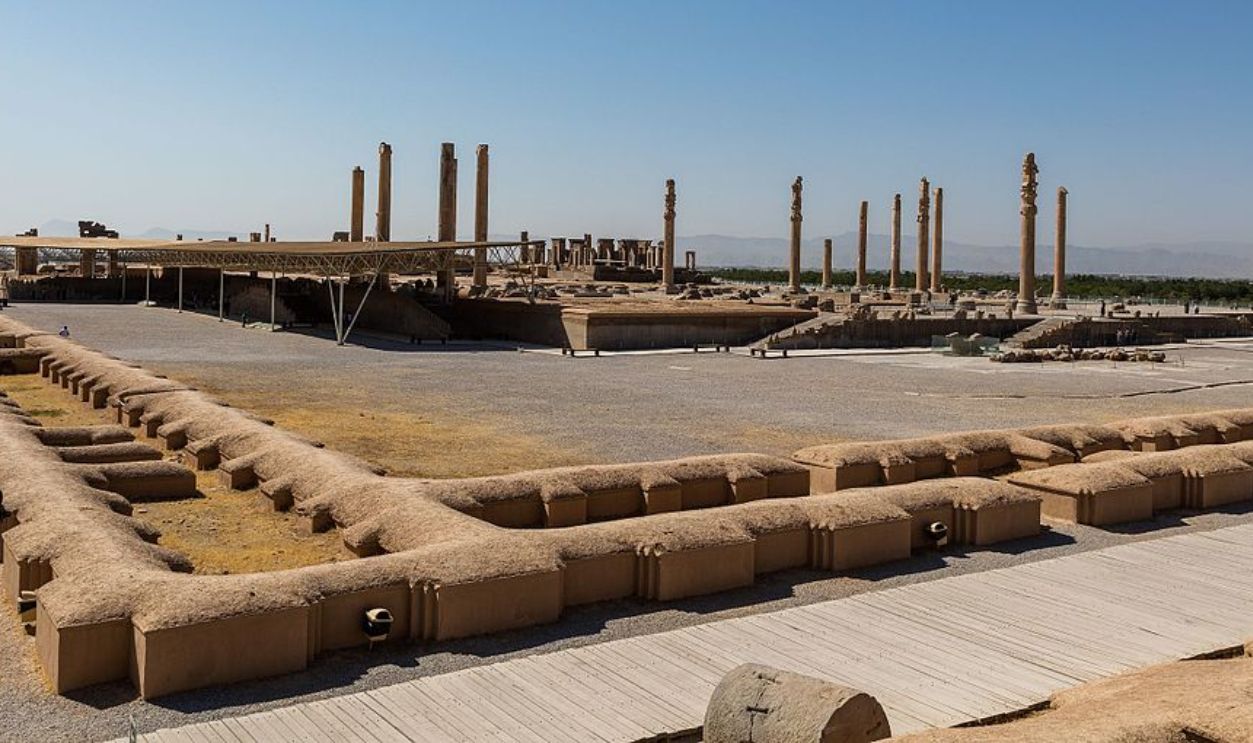 Diego Delso, CC BY-SA 4.0, Wikimedia Commons
Diego Delso, CC BY-SA 4.0, Wikimedia Commons
The Road Was Safe And Welcoming
You’d be assured of food and lodging when you traveled along the Royal Road. Security was also a fantastic perk. This road also made the Achaemenid’s governance effortless. Alexander the Great later used this road during his invasion.
Darius The Great Also Completed The Canal Project
If you thought Darius was done, nope, he was just getting started. Next, after the Royal Road expansion came the Canal Project. This Canal was to be a link between the Nile and the Red Sea. This idea for this was older, dating back to ancient Egypt.
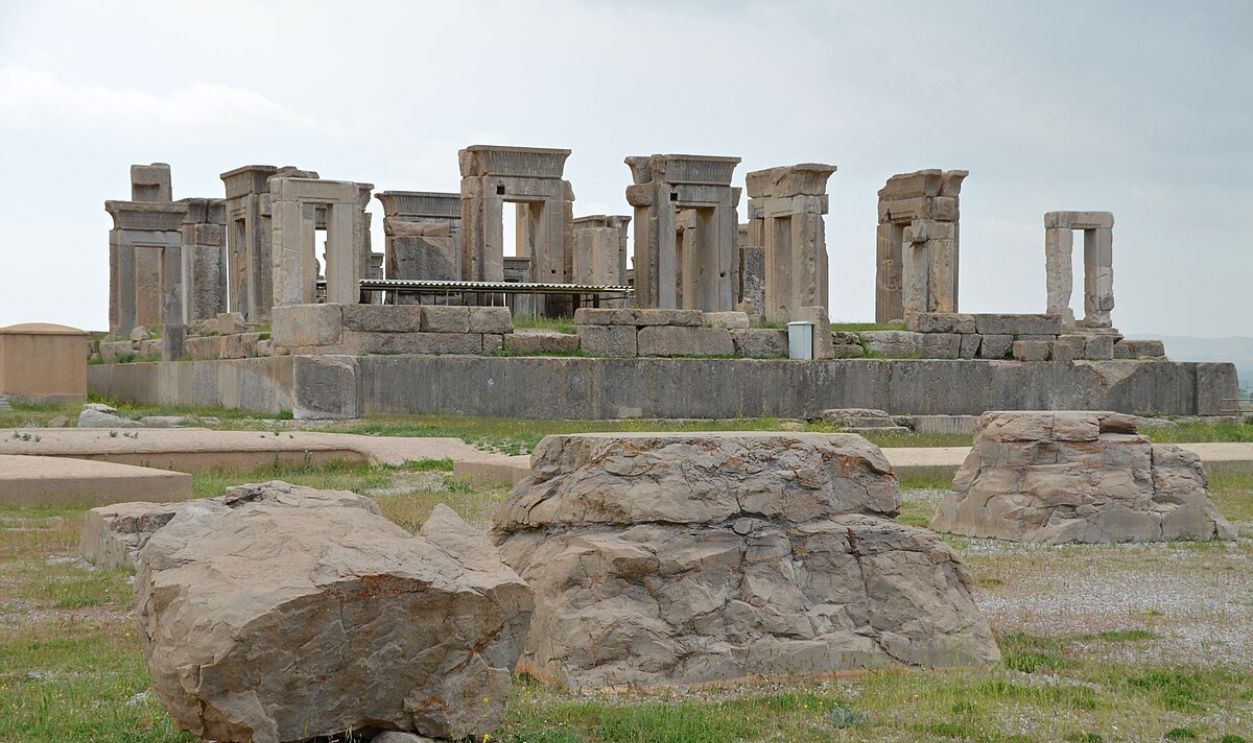 Carole Raddato, CC BY-SA 2.0, Wikimedia Commons
Carole Raddato, CC BY-SA 2.0, Wikimedia Commons
It Was Pharaoh Senusret III’s Idea
The mastermind of the construction idea was Pharaoh Senusret III (1878-1839 BC), but the project didn’t start until 610–595 BCE during the rule of Necho II. During his era, the Canal’s excavation began until Darius took over and completed the passage.
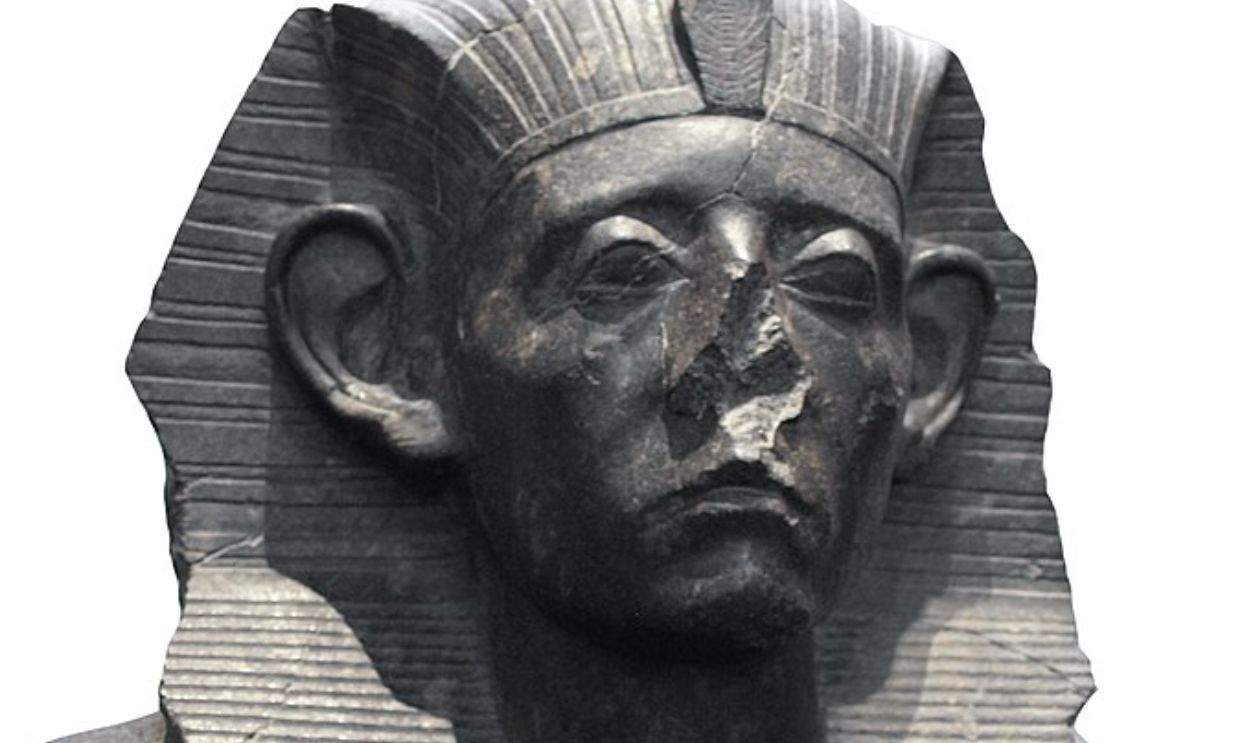 British Museum, CC BY-SA 3.0, Wikimedia
British Museum, CC BY-SA 3.0, Wikimedia
The Canal Passed Through Wadi Tumilat
This might sound like a geography class, but don’t worry; here is a more straightforward depiction of the region: Wadi Tumilat is in modern-day Egypt, east of the Nile Delta. It’s a 31-mile dry river valley that starts from the modern town of Zagazig toward Ismaïlia.
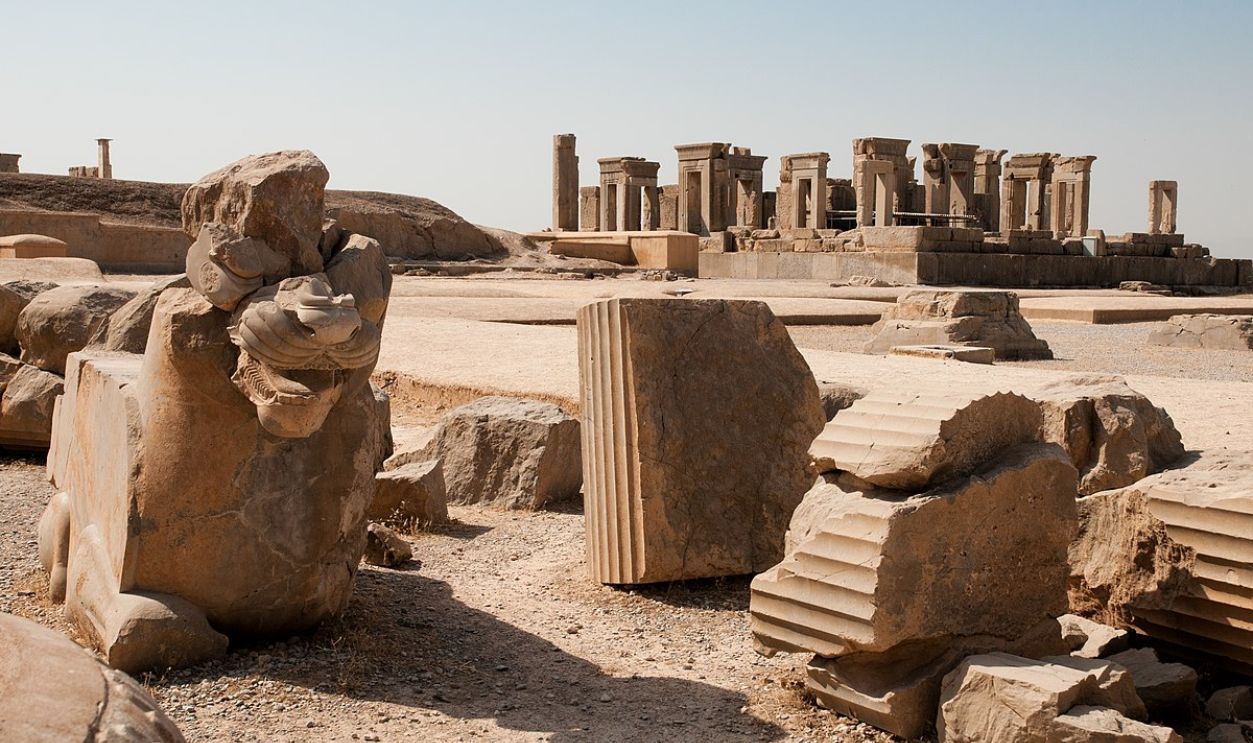 Laurens R. Krol, CC BY 4.0, Wikimedia Commons
Laurens R. Krol, CC BY 4.0, Wikimedia Commons
The Canal’s Construction Was Marvelous
The construction involved extensive excavation to ensure the water levels remained the same. The engineers also incorporated ingenuity to keep the waters from mixing (fresh water from the Nile and saltwater from the Red Sea).
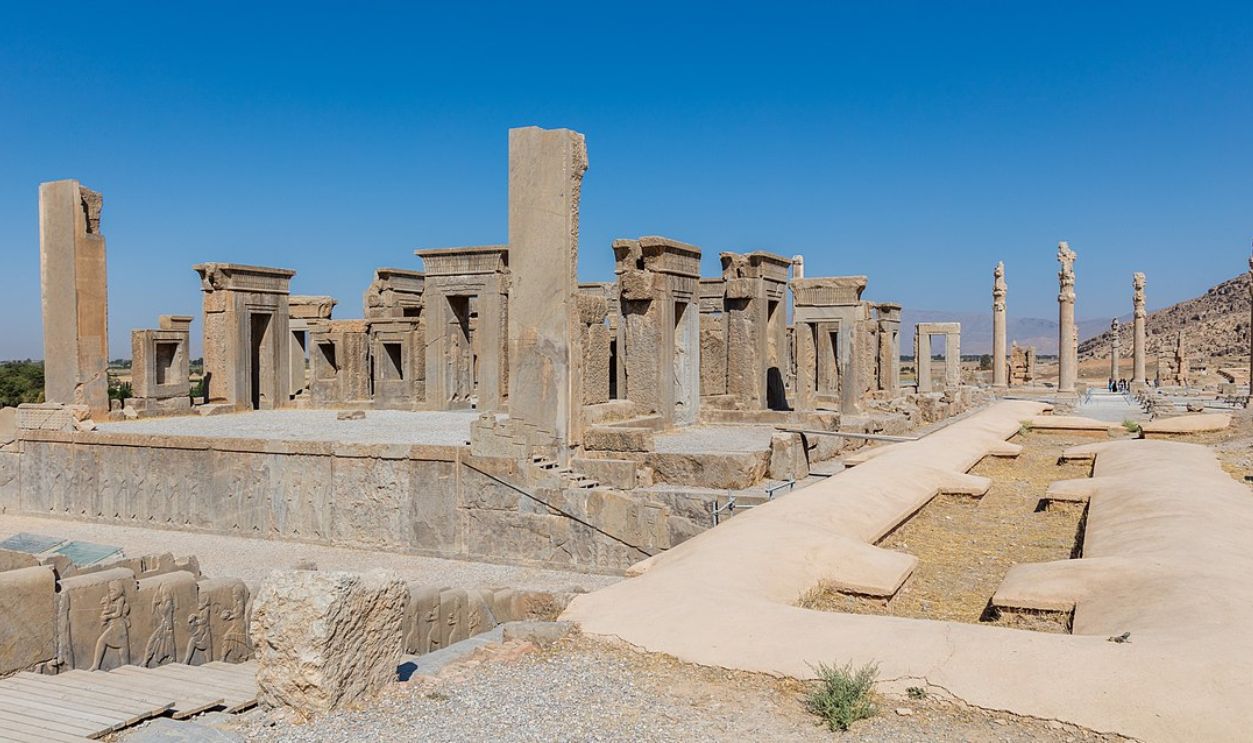 Diego Delso, CC BY-SA 4.0, Wikimedia Commons
Diego Delso, CC BY-SA 4.0, Wikimedia Commons
The Canal Became A Trade Expander
After Darius was done building the Canal, the empire experienced yet another boost in trading, particularly waterway trading. The empire could now effortlessly move cargo from all over the globe: Europe, Africa, and Asia.
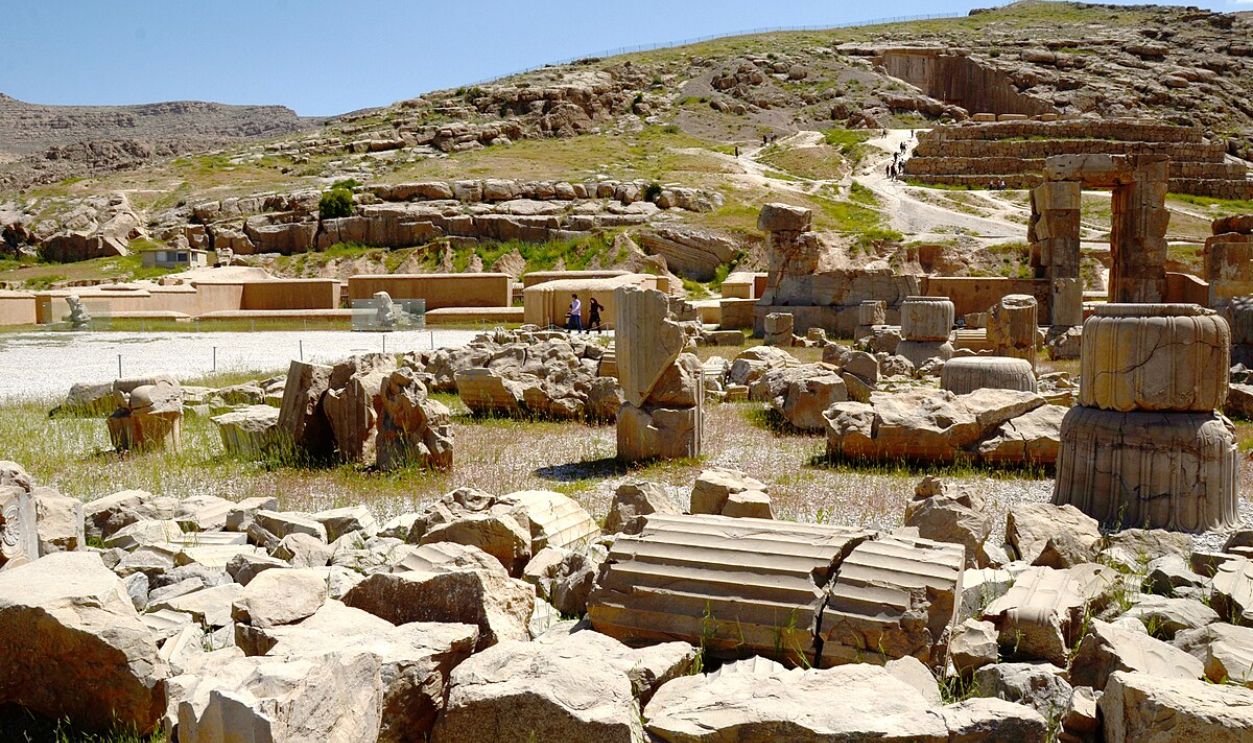 Alireza Javaheri, CC BY 3.0, Wikimedia Commons
Alireza Javaheri, CC BY 3.0, Wikimedia Commons
Succession Speedtracked The Empire’s Expansion
Perspolis’s growth still maintained an upward trend even after Cyrus the Great’s succession in 559–530 BCE. Cyrus expanded to the Medians, Lydians, and Neo-Babylonians, creating policies to govern religion and cultural tolerances, which helped maintain stability across the empire.
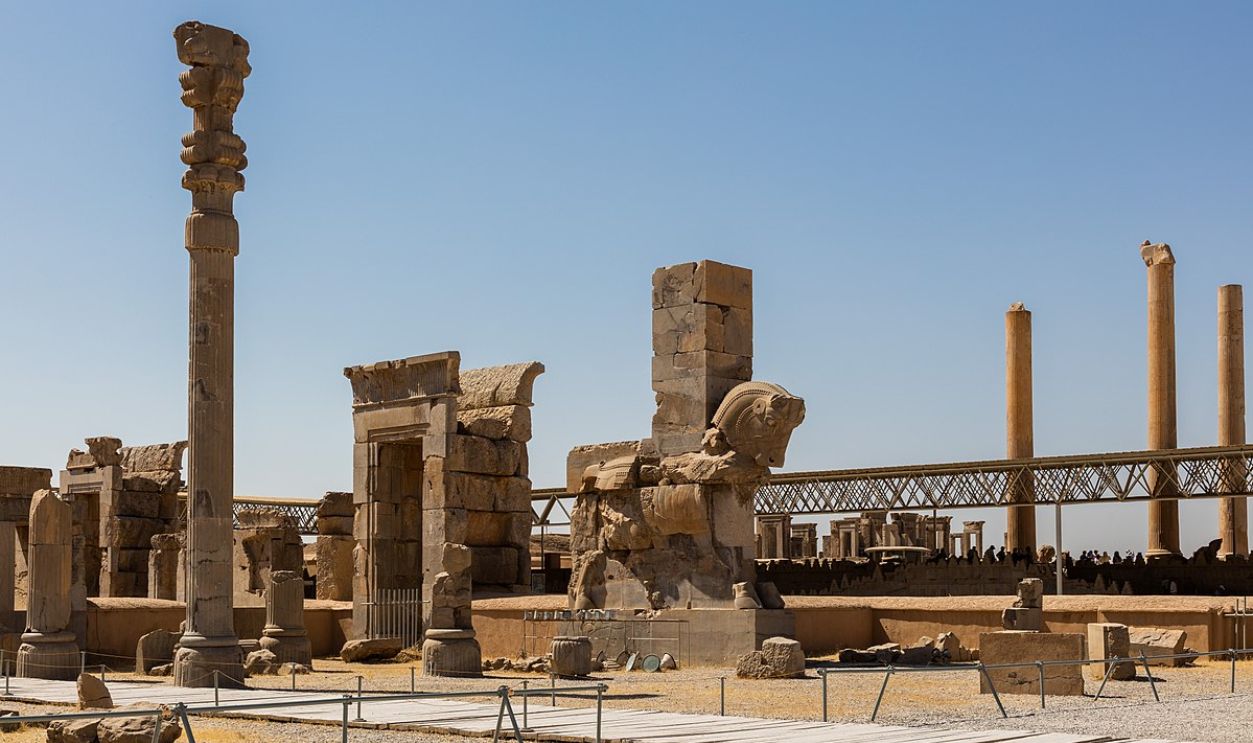 Diego Delso, CC BY-SA 4.0, Wikimedia Commons
Diego Delso, CC BY-SA 4.0, Wikimedia Commons
Expansion Into The Indus Valley
In the overlapping era of Cyrus and later Darius in c. 535–518 BCE, there was an expansion into the Indus Valley. This region spread further into what we now know as Pakistan. Indus Valley became the easternmost spot of the empire.
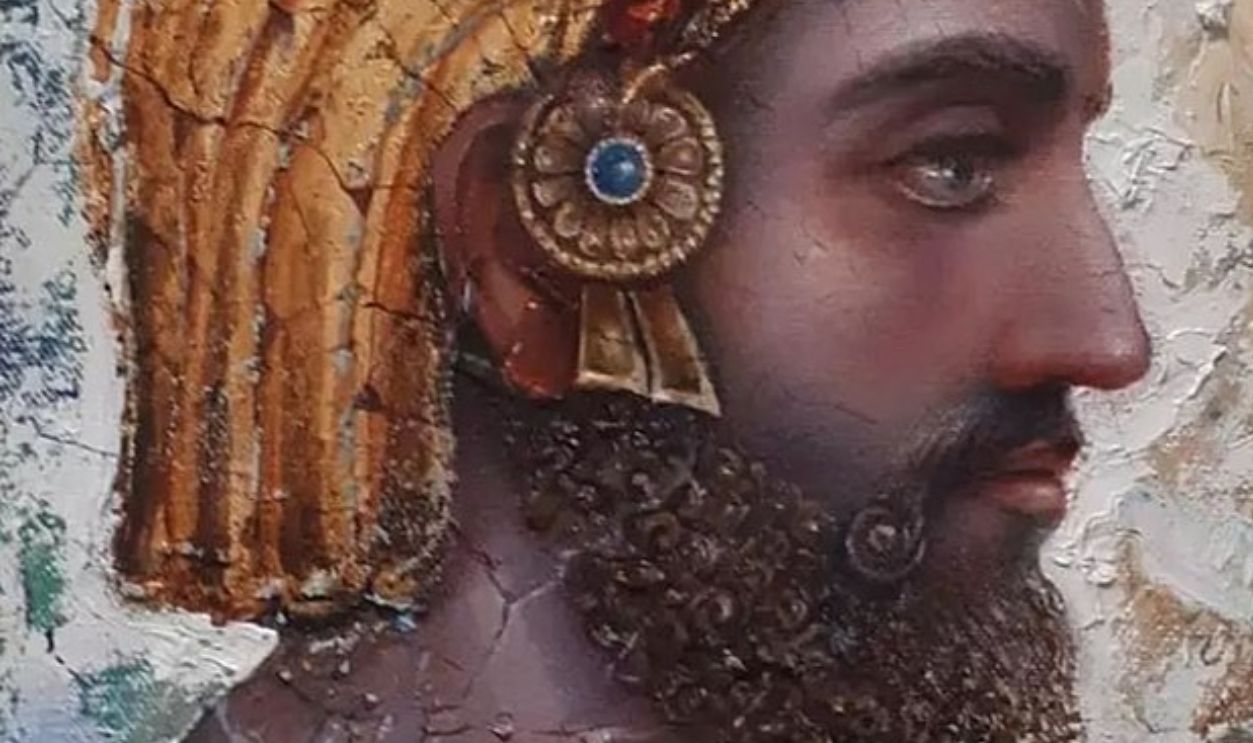 DiegoColle, CC BY-SA 4.0, Wikimedia Commons
DiegoColle, CC BY-SA 4.0, Wikimedia Commons
Enough Building, Let’s Talk Celebrations
The very job of the Empire Of Persepolis was celebratory. So, to start us off, here is the Nowruz, the Persian New Year. This celebration commemorates the spring equinox—spring’s arrival and nature’s renewal each year. What follows is an account of how that went.
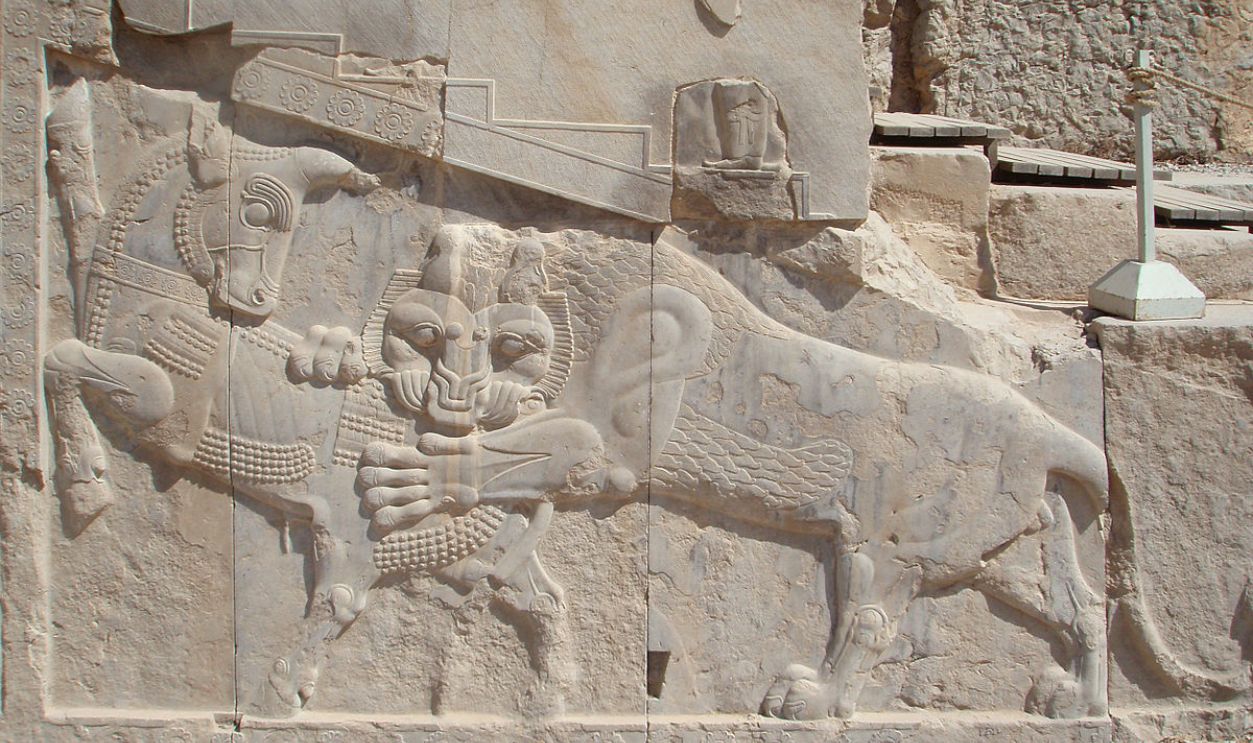 Ipaat, CC BY-SA 3.0, Wikimedia Commons
Ipaat, CC BY-SA 3.0, Wikimedia Commons
The Nowruz Celebration
In the days leading to the celebration, people cleaned their homes, bought attire, and prepared dishes. On the day of, the king would host a grand ceremony where dignitaries, nobles, and all reps would gather to offer tribunes, practice rituals, and make offerings.
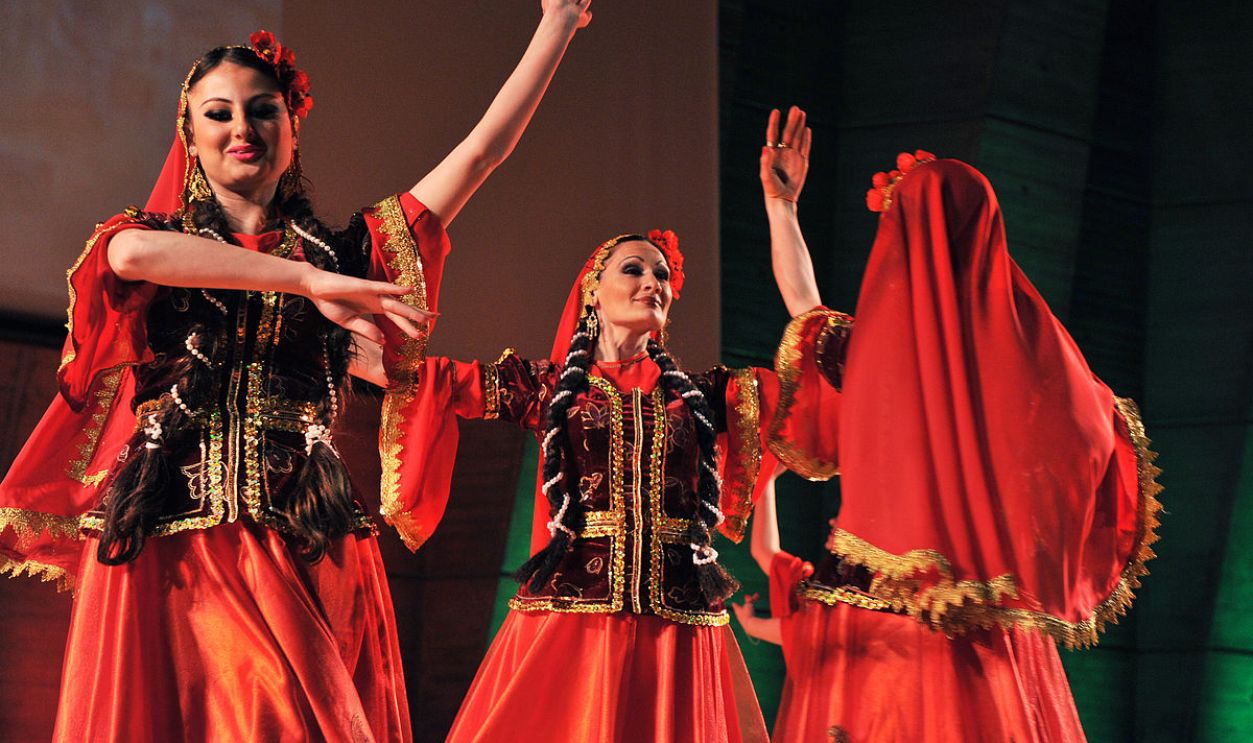 Michel Ravassard, CC BY-SA 3.0, Wikimedia Commons
Michel Ravassard, CC BY-SA 3.0, Wikimedia Commons
Rebellion Shakes Persepolis
While Darius was happy with his buildings and expansions, Egypt had a major revolt in c. 486–485 BCE. Even though he managed to squash the revolt, it highlighted that keeping distant provinces in check wasn’t easy.
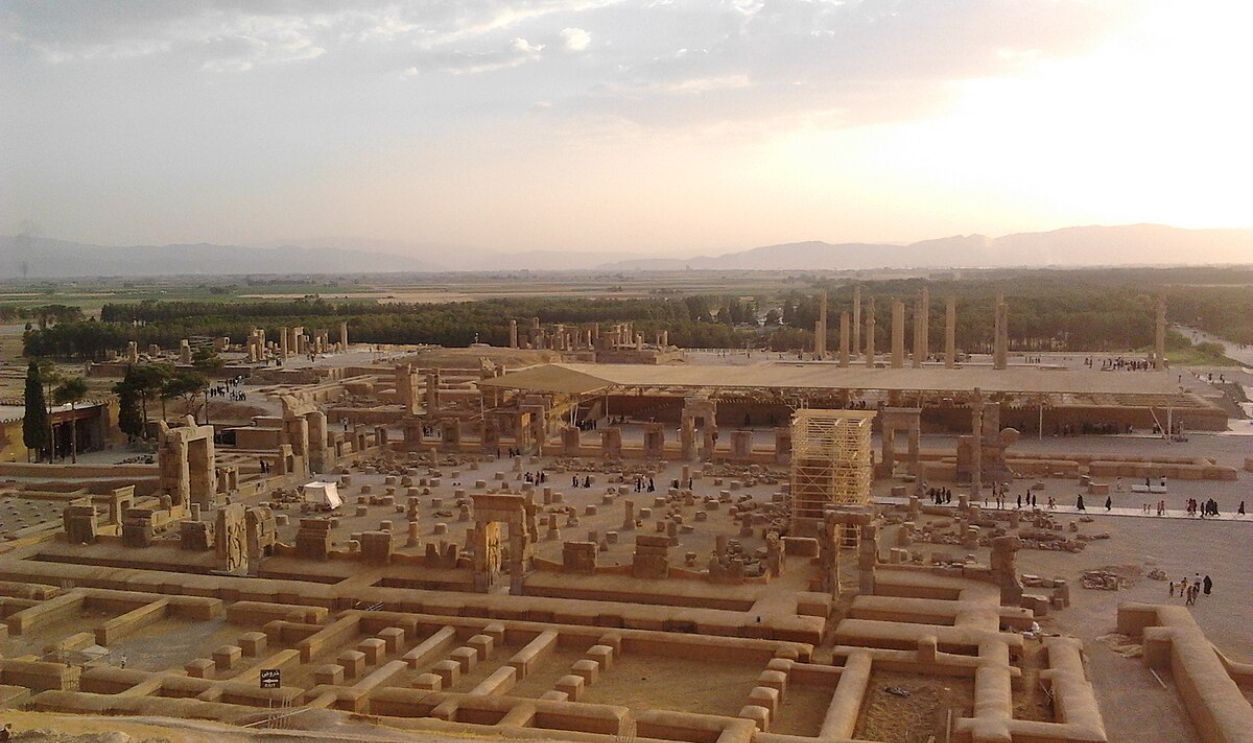 F Couin, CC BY-SA 4.0, Wikimedia Commons
F Couin, CC BY-SA 4.0, Wikimedia Commons
Darius I Succumbs to Disease
A year later, after winning the revolt, Darius the Great suffered a 30-day-long illness that finally took his life. He was 64 years old when it happened, just a few days after he had dated his last letter on November 17, 486 BC.
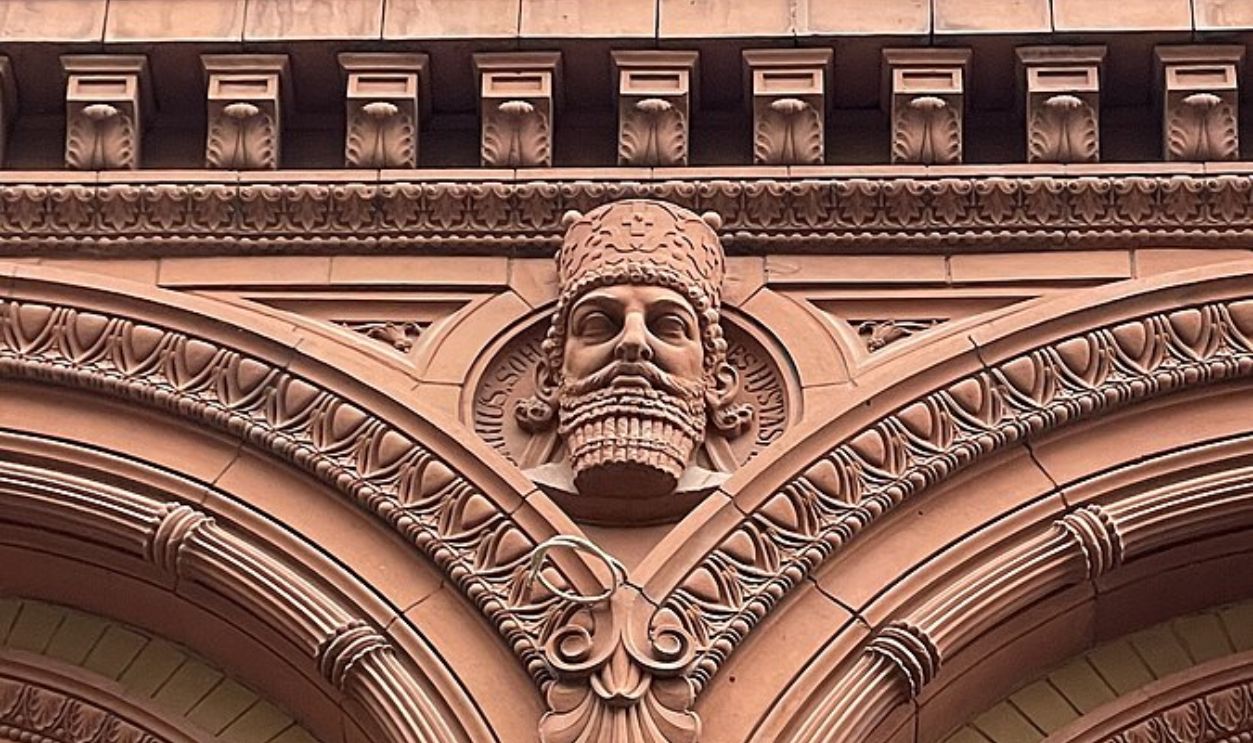 Jooojay, CC BY-SA 4.0, Wikimedia Commons
Jooojay, CC BY-SA 4.0, Wikimedia Commons
Xerxes I Takes Charge
After Darius’ demise, Xerxes I, his son, took over the throne, and his first job on the throne was to lead a campaign his father had planned against Greece. Darius couldn’t accomplish it due to his declining health, and his other son wasn’t particularly ecstatic about it.
Xerxes’ Elder Brother Was Against It All
The reason Darius passed the seat to Xerxes succession was due to his royal lineage, but Artobazan, his elder brother, couldn’t come to terms with that. His argument was that he was older, hence, more deserving of the throne. Unfortunately, Xerxes’ mother was royalty; Artobazan’s was a commoner.
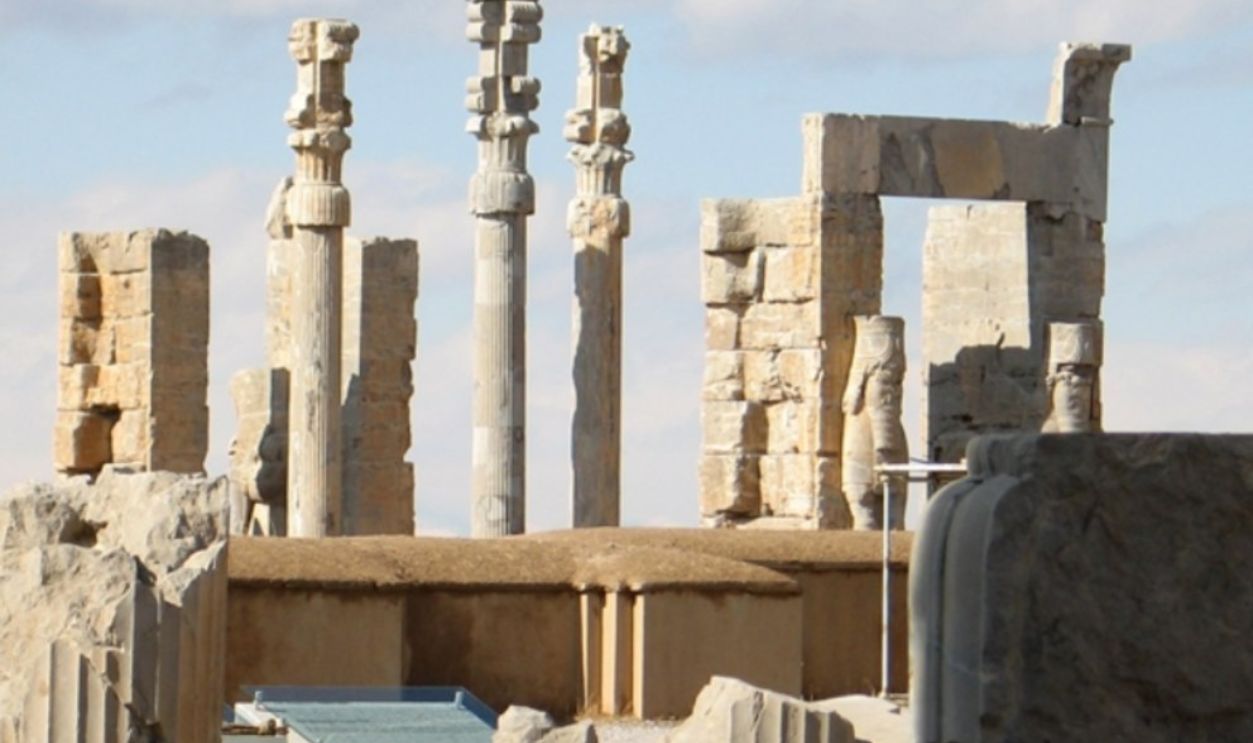 Alborzagros, CC BY-SA 3.0, Wikimedia Commons
Alborzagros, CC BY-SA 3.0, Wikimedia Commons
Xerxes Had Support From Other Influential Figures
A Spartan king in exile and a few within the empire had Xerxes’ back, so Artobazan backed off. Xerxes’ royal lineage was also a solid anchor, so the people crowned him without opposition. From then, he proceeded with the preparation for his Greece campaign.
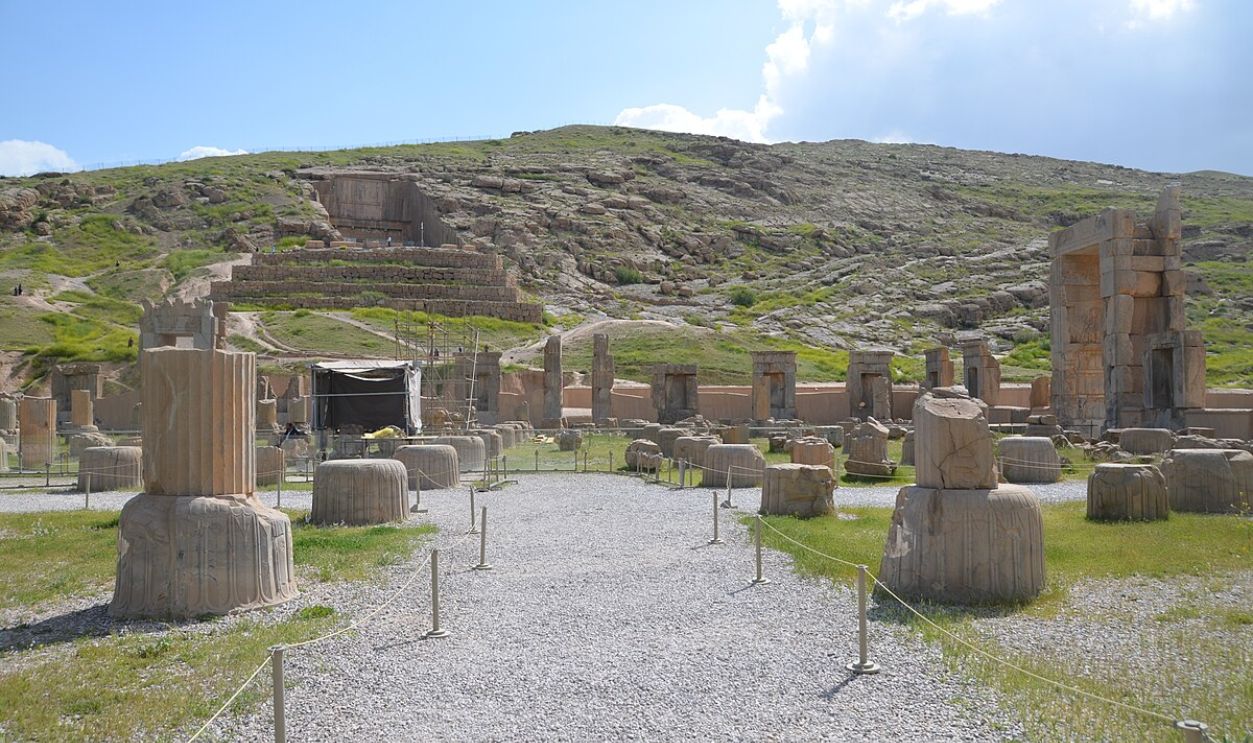 Carole Raddato, CC BY-SA 2.0, Wikimedia Commons
Carole Raddato, CC BY-SA 2.0, Wikimedia Commons
Xerxes Took His Time
Being fresh into power forces you to put your foot forward. Xerxes I did so and planned the Greek Campaign between 480 and 479 BC and amassed a vast army. He also built bridges across the Hellespont (modern Dardanelles) for safe passage into Europe.
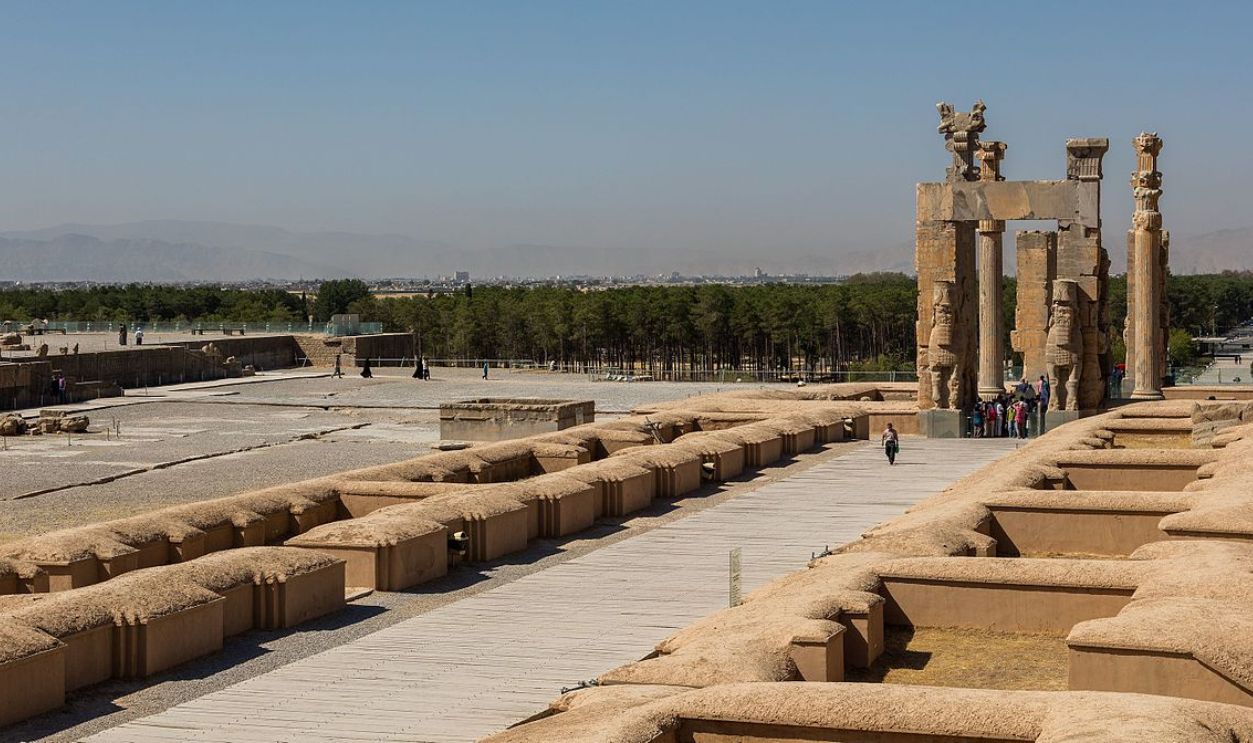 Diego Delso, CC BY-SA 4.0, Wikimedia Commons
Diego Delso, CC BY-SA 4.0, Wikimedia Commons
More Battles
After the Greek campaign—which he won—Xerxes also led and triumphed in the Battle of Thermopylae, the Battle of Artemisium, and the Sack of Athens in 480 BC. He lost the Battles of Salamis, Plataea (479 BC), and Mycale against the Greeks.
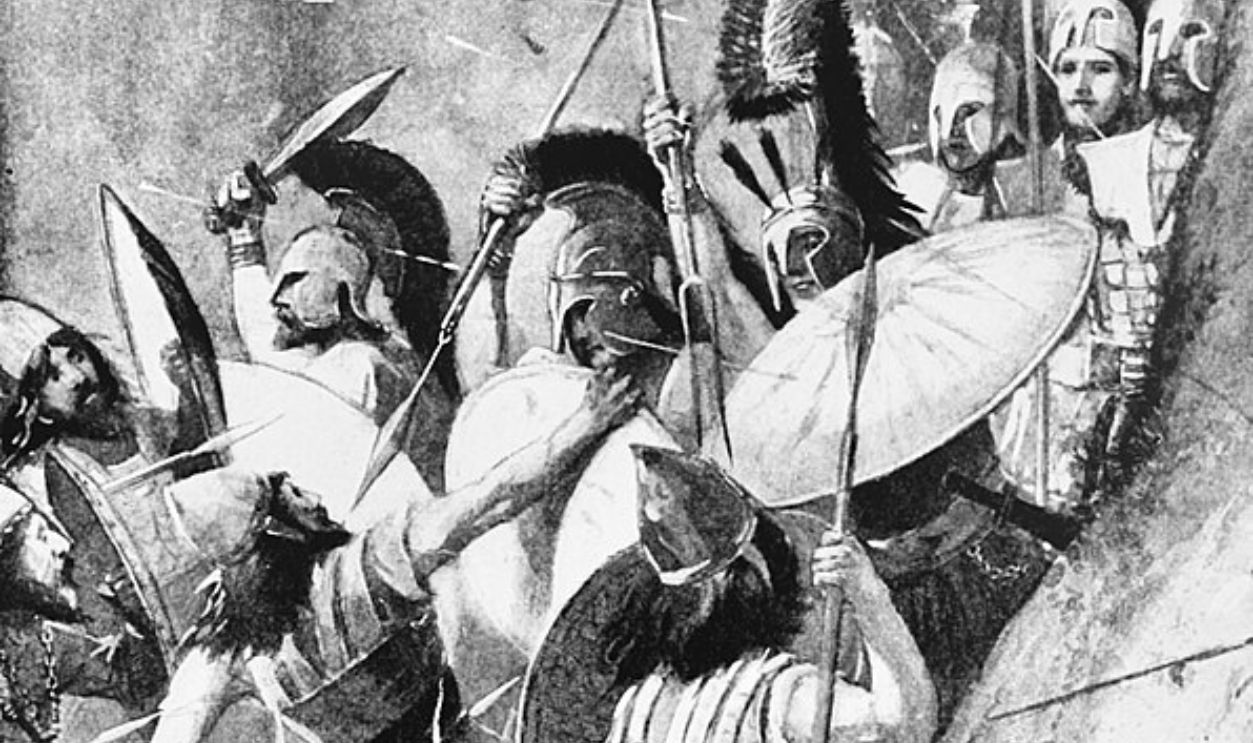 John Steeple Davis, Wikimedia Commons
John Steeple Davis, Wikimedia Commons
Things Started to Go Downhill After The Losses
When Persia lost to the Greeks in the Battle of Mycale, Xerxes retreated home to focus on domestic affairs. He also undertook several monumental construction projects until 465 BC, when something tragic occurred.
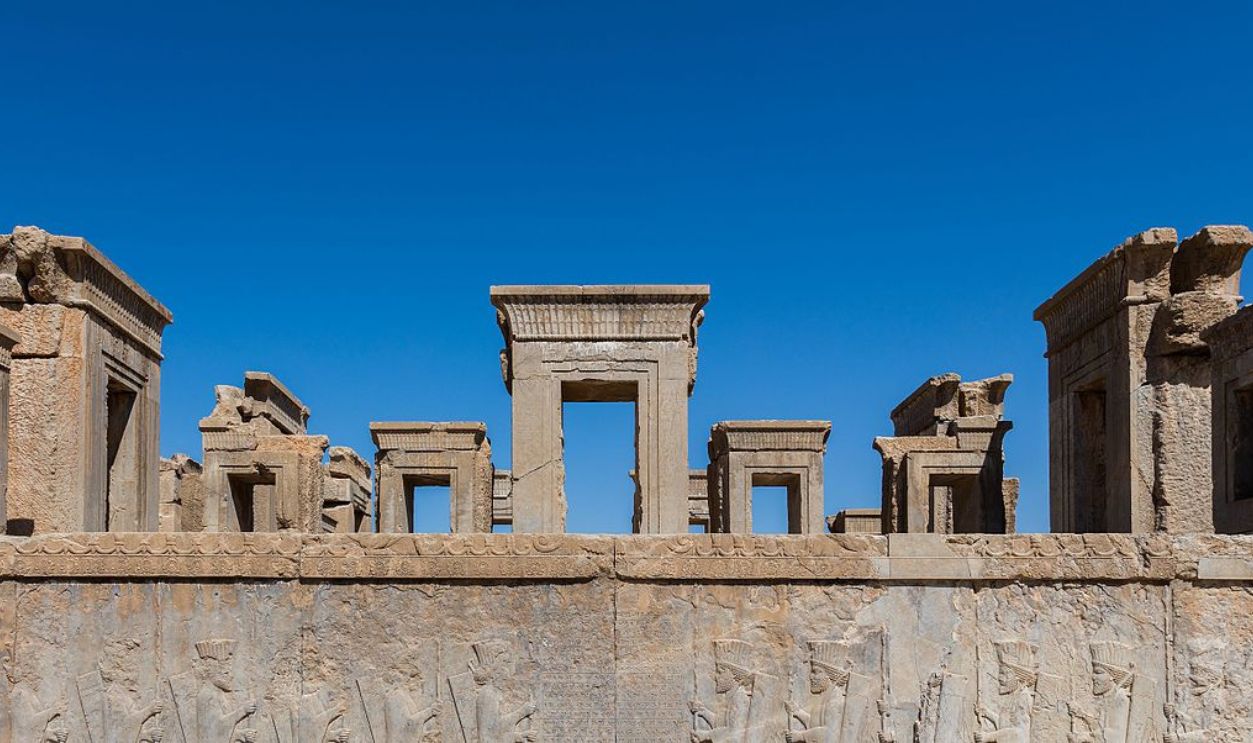 Diego Delso, CC BY-SA 4.0, Wikimedia Commons
Diego Delso, CC BY-SA 4.0, Wikimedia Commons
Xerxes I’s Life Was In Danger; He Was Unaware
Every government has issues, and so did Xerxes's government, leading to his assassination. The primary reasons were internal court qualms and personal rivalries. The commander of the royal bodyguard, Artabanus, then planned an assassination. And if you read the reasons, you’ll see why.
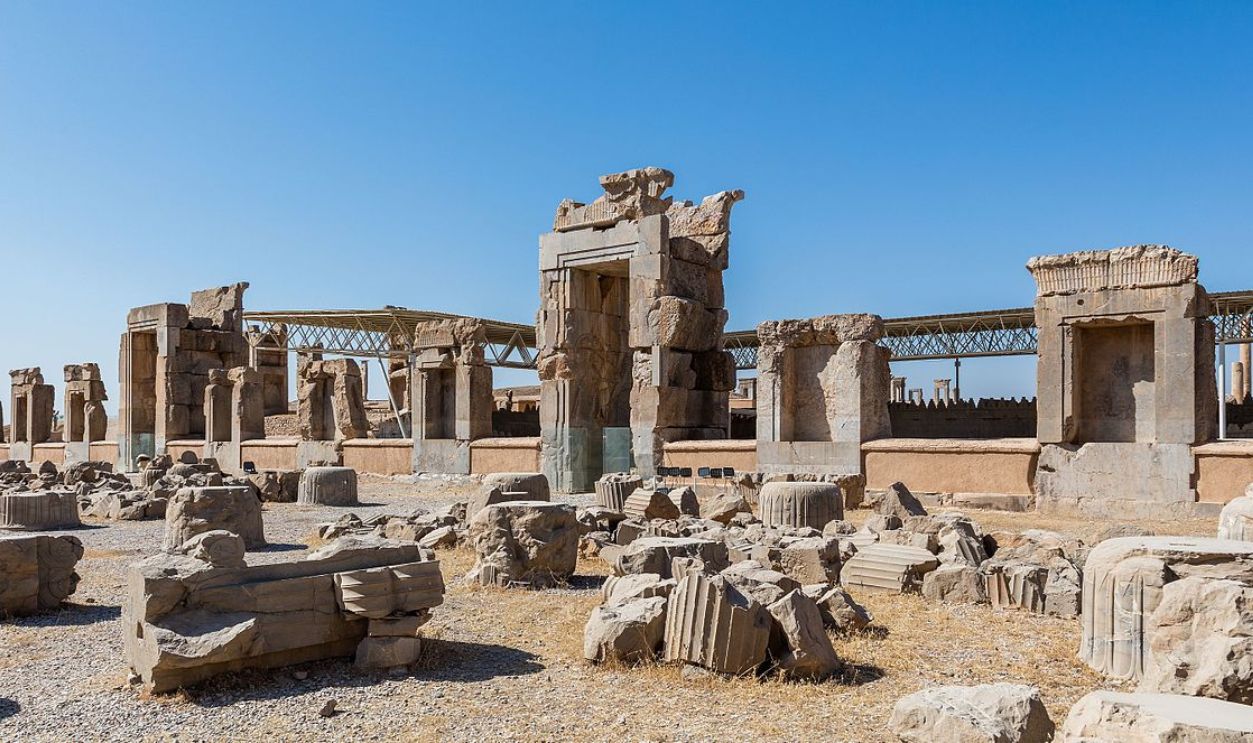 Diego Delso, CC BY-SA 4.0, Wikimedia Commons
Diego Delso, CC BY-SA 4.0, Wikimedia Commons
Xerxes I Wasn’t At All Innocent
The first act of atrocity that Xerxes I did was sleeping with his son’s wife. And this angered his brother Masistes, who led another revolt. Atrocity number two was that he responded to the revolt by wiping off his brother’s entire family.
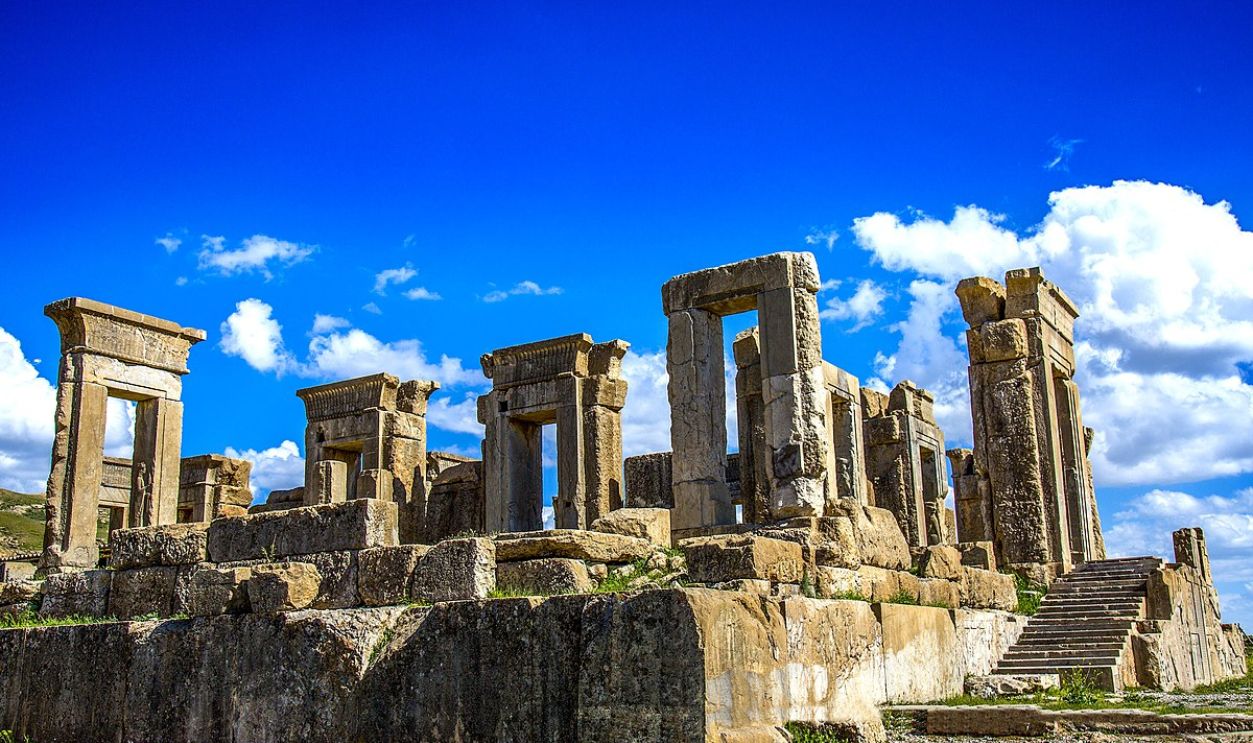 Arosha-photo ( Reza Sobhani ), CC BY-SA 4.0, Wikimedia Common
Arosha-photo ( Reza Sobhani ), CC BY-SA 4.0, Wikimedia Common
Atrocity No.3: He Imposed Heavy Taxes On The People
Xerxes’ heavy taxation policies were the straw that broke the camel’s back. His reason for the taxation was that he needed funds to build his lavish buildings. He also wanted cash to boost his military campaigns after the battle losses.
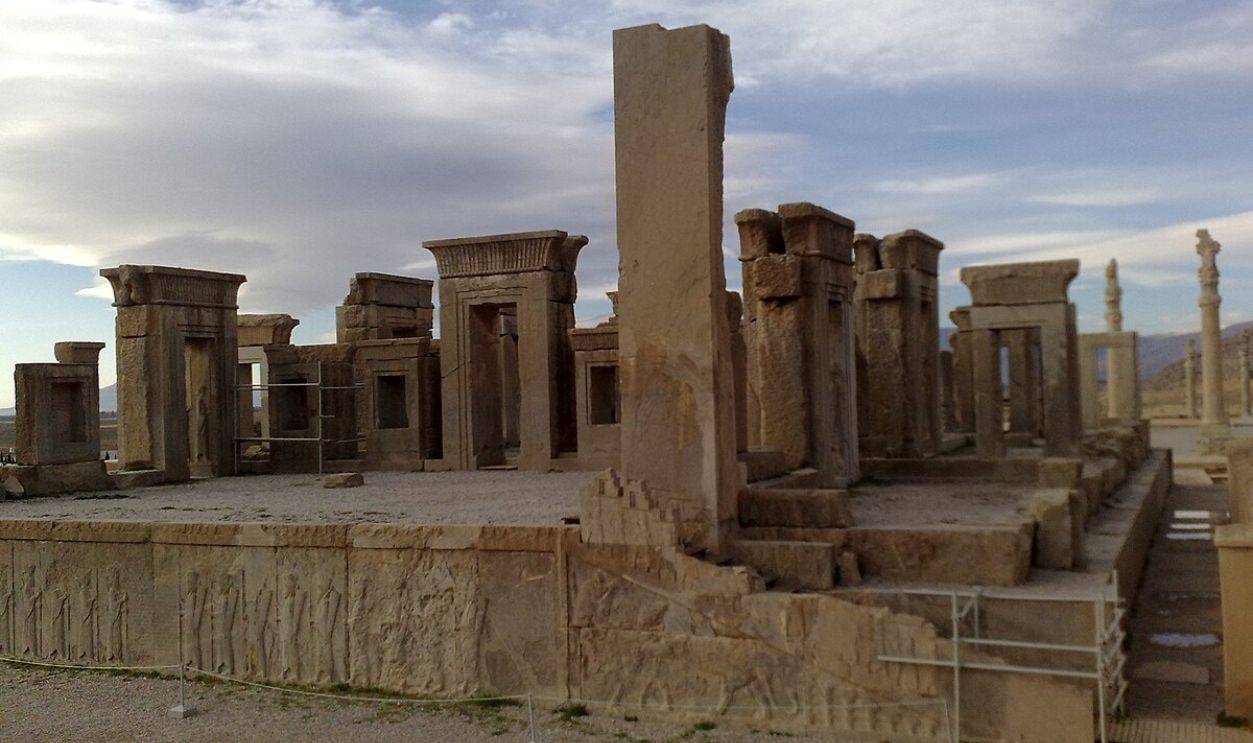 Arnf88, CC BY-SA 4.0, Wikimedia Commons
Arnf88, CC BY-SA 4.0, Wikimedia Commons
Everyone Was Unhappy With His Rule
His family, his royal court, and the people were angry. And so Artabanus took it upon himself to right his wrongs by wiping him out. He gained access to Xerxes with the support of other conspirators, who assassinated him and his eldest son.
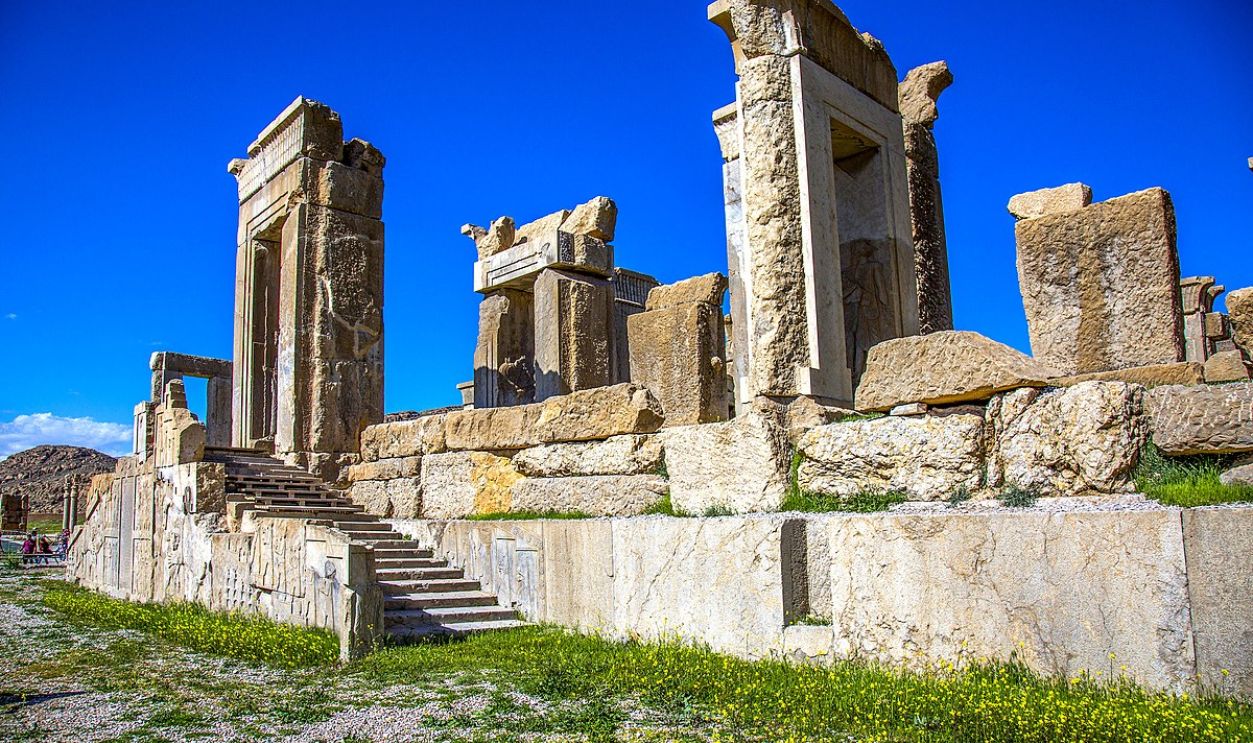 Arosha-photo ( Reza Sobhani ), CC BY-SA 4.0, Wikimedia Commons
Arosha-photo ( Reza Sobhani ), CC BY-SA 4.0, Wikimedia Commons
Artabanus Took Over But For A Short Time
Soon after a successful takedown, Artabanus led for a while, but he was shortly met with his demise at the hands of Artaxerxes I, Xerxes’ other son. Artaxerxes took over the throne from 465–424 BC and did his best to keep his predecessors’ policies alive.
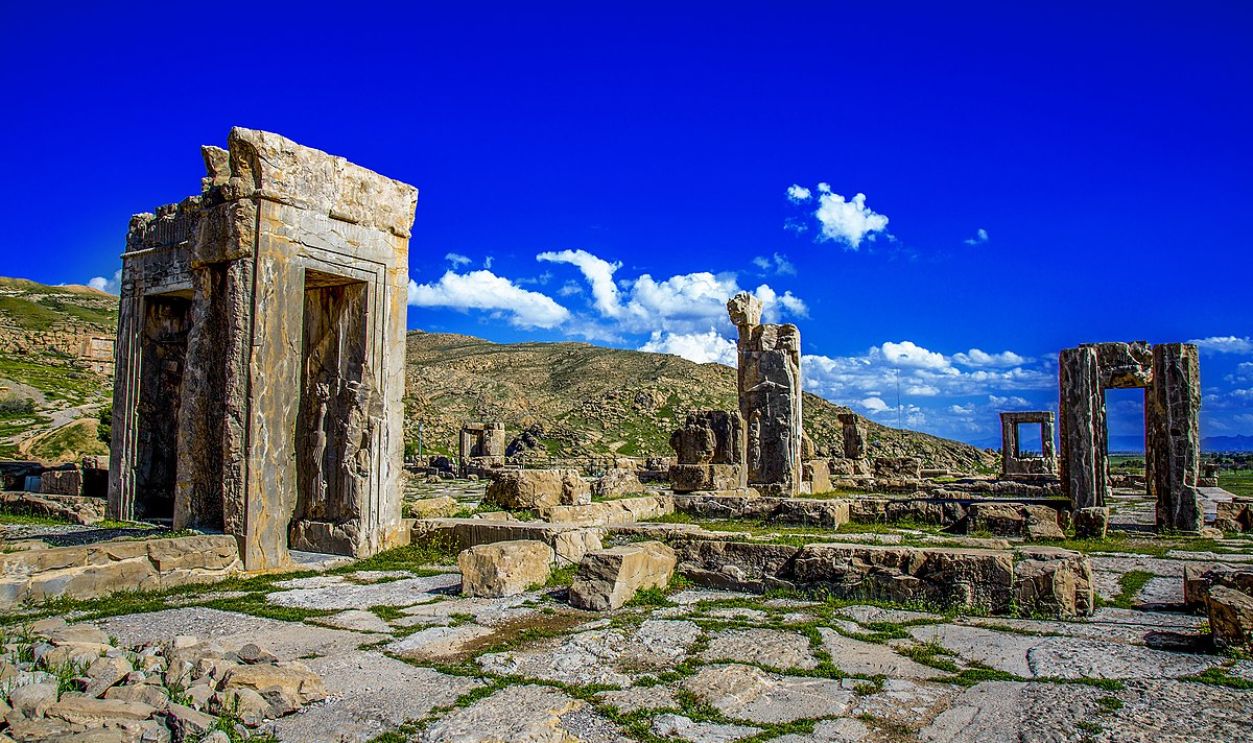 Arosha-photo ( Reza Sobhani ), CC BY-SA 4.0, Wikimedia Commons
Arosha-photo ( Reza Sobhani ), CC BY-SA 4.0, Wikimedia Commons
Artaxerxes Successors
Artaxerxes’ son, Xerxes II, succeeded him, but he was assassinated 45 days later by his half-brother Sogdianus. After that, Darius II ruled from 423-404 BC, followed by Artaxerxes II from 404-358 BC, Artaxerxes III from 358-338 BC, and finally Darius III from 336-330 BC.
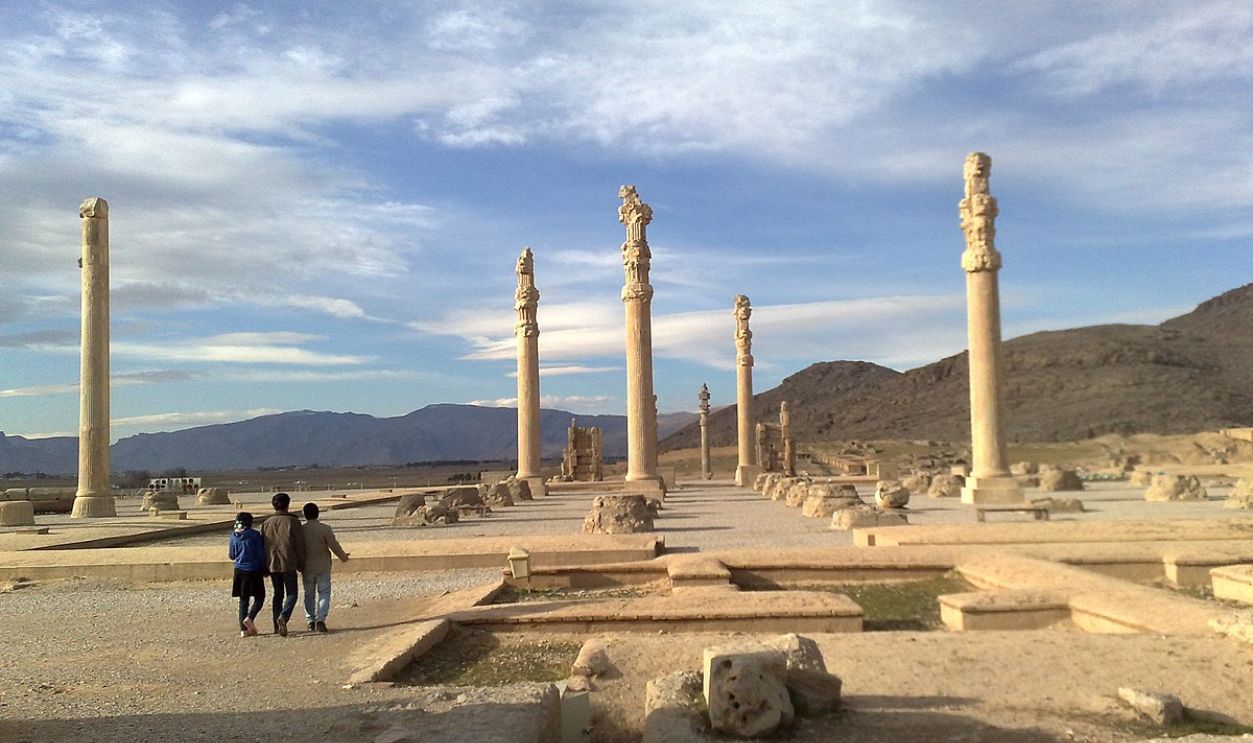 Arnf88, CC BY-SA 4.0, Wikimedia Commons
Arnf88, CC BY-SA 4.0, Wikimedia Commons
The Alexander The Great Raids Began
As Darius III was doing his thing on the throne, Alexander the Great started raiding the Persian Empire in 334 BC and won a series of battles against the Persians: the Battles of Granicus (334 BC), Issus (333 BC), and Gaugamela (331 BC). His final act follows.
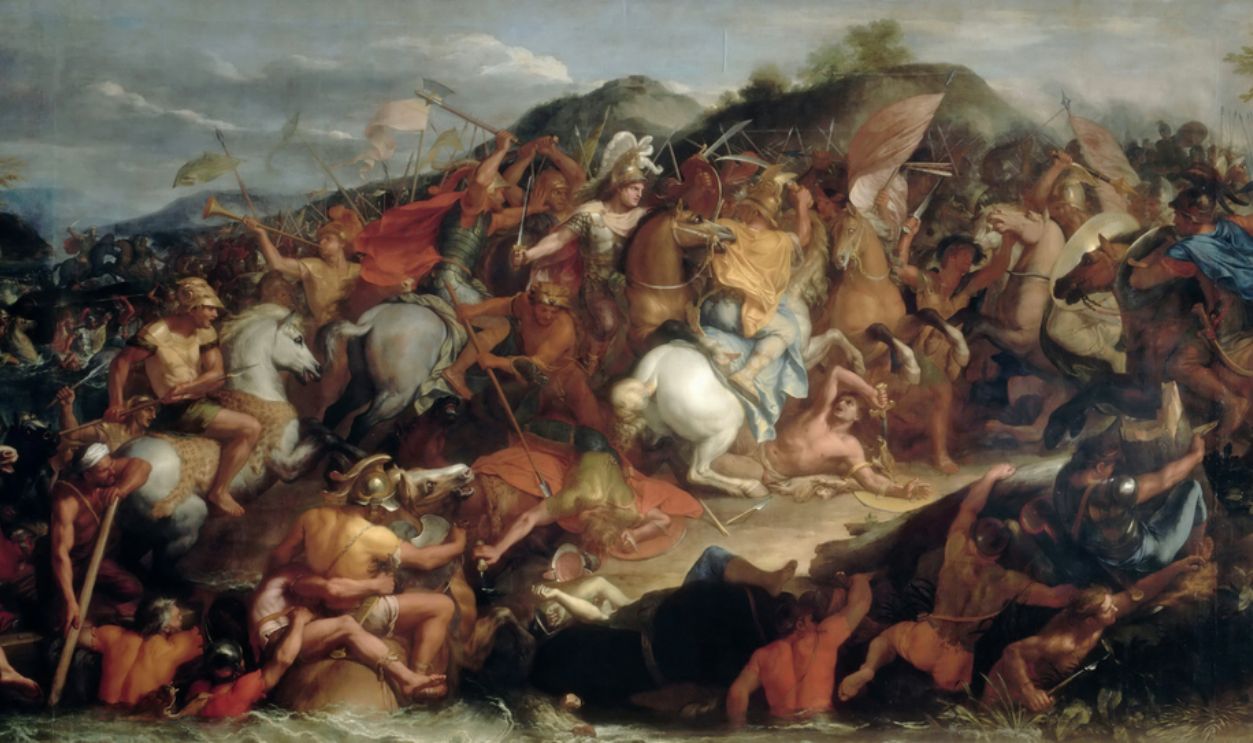 Charles Le Brun, Wikimedia Commons
Charles Le Brun, Wikimedia Commons
Alexander The Great Burned Persepolis Down
The final hit was Alexander the Great burning Persepolis in 330 BC to avenge the Sack of Athens battle loss in 480 BC. This led to the loss of records, artifacts, and everything that had held this once-great civilization up.
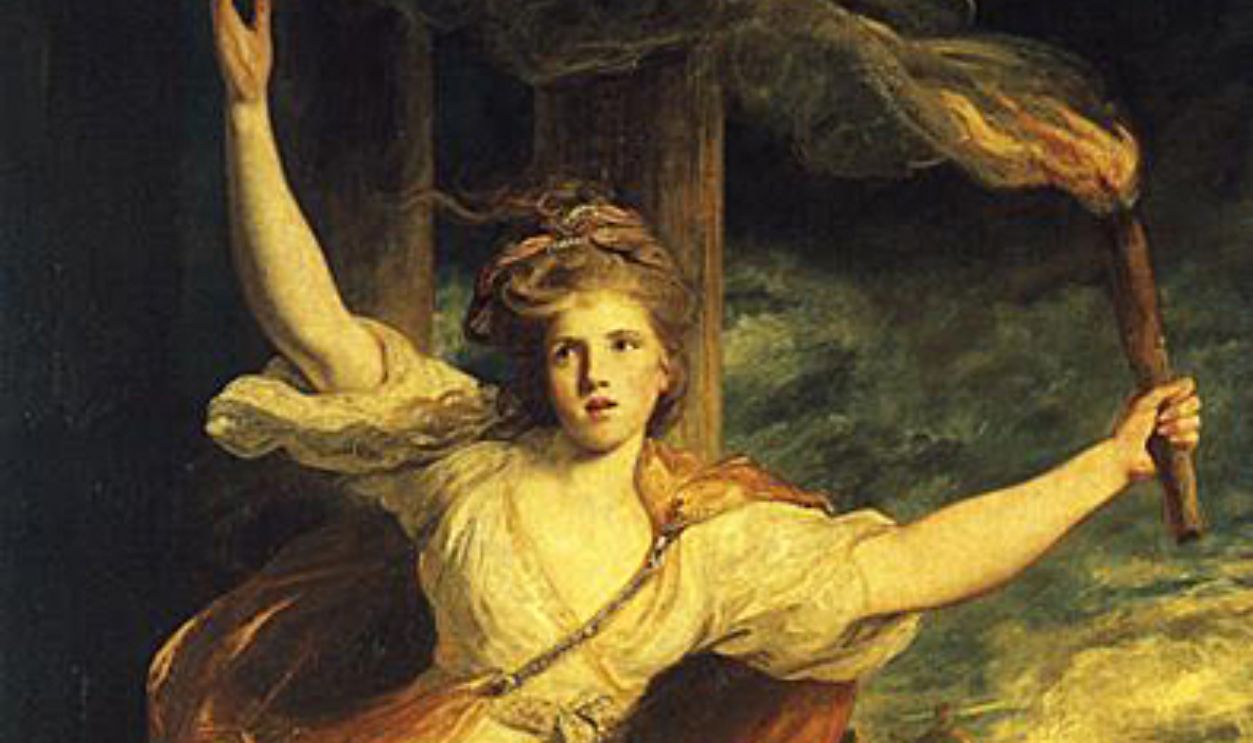 Joshua Reynolds, Wikimedia Commons
Joshua Reynolds, Wikimedia Commons
Did Persepolis Survive?
Unfortunately, when Alexander set most of the Persepolis empire ablaze, most of the empire perished. Thankfully, he couldn’t burn the nation’s cultural and historical charisma. Today, the U.N. preserves these remains as a UNESCO World Heritage Site, which people can visit anytime—just book a time and create an itinerary now that you know of this empire's history.
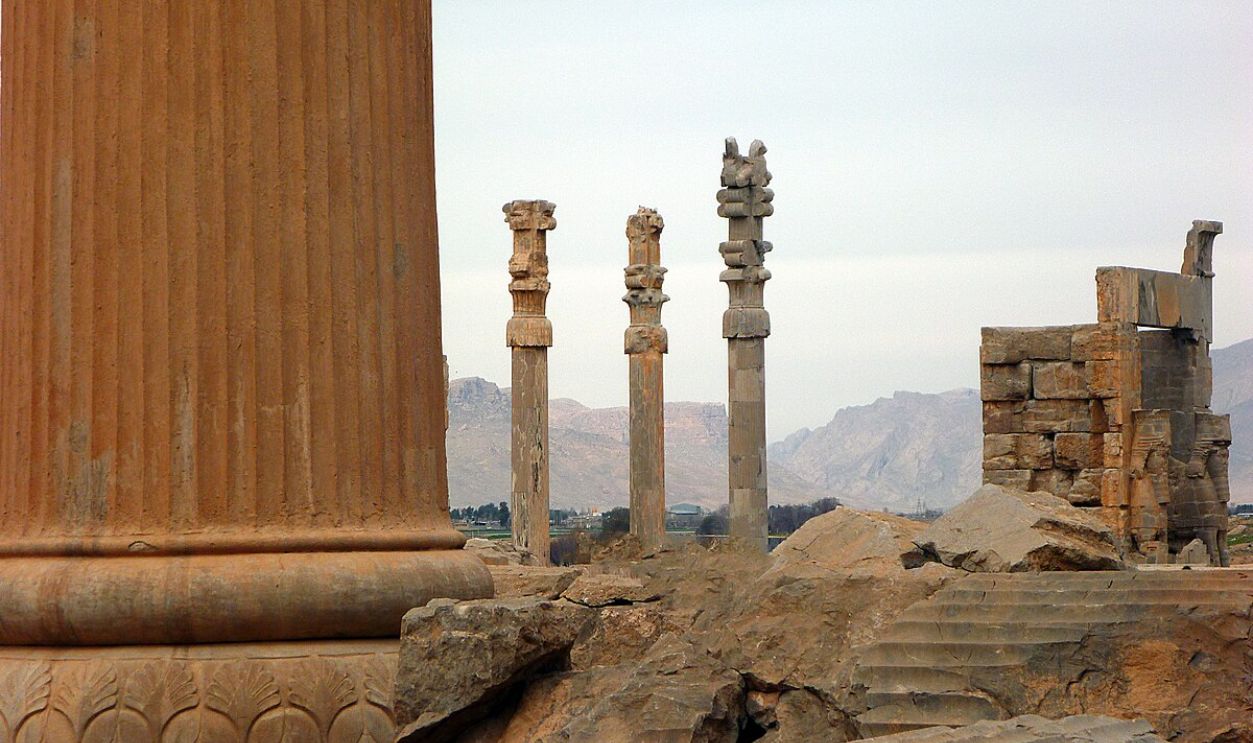 Ahmad Masoominezhad, CC BY-SA 4.0, Wikimedia Commons
Ahmad Masoominezhad, CC BY-SA 4.0, Wikimedia Commons

